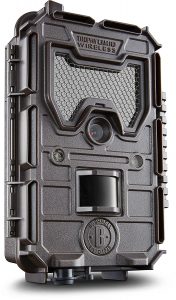
I recently purchased a couple of Bushnell’s Aggressor wireless trail cameras. These cool little trail cameras come with a built in cell phone, which allows them to upload the pictures they take to the internet. For a small monthly fee, you can visit your account on Bushnell.com, and check out the photographs from the comfort of your own living room.
You can even make adjustments to your camera remotely. Things like shutter speed and flash intensity can be adjusted from a computer or on your phone. Many other camera settings can also be tweaked. You can even switch between picture and video if you would like. Features like these allowed me to salvage a session even after a group of trouble-making Raccoons accosted my camera. More about them later.
Another big plus is the ability to check your pictures without having to visit the camera in person. In my experience, leaving a trail cam undisturbed for an extended period of time is key to having the most productive sessions. Cameras like these allow you to view pictures remotely as they are taken, without leaving your scent all over your camera trap site. If your pictures show that there is an adjustment that needs to be made, you can go back out and attend to it. Otherwise, you can leave your cameras be for as long as possible.
I was very excited about giving these cameras a test run. In the days after they arrived, I spent many hours searching Google Maps for just the right place to set them. It was not an easy task. I would have to find a place that was accessible, public, and wildlife friendly. The perfect location would also have to be remote enough that the cameras would not be found by, or invade the privacy of others. Like I said, it was a tall order—especially here in the metroplex.
After reviewing satellite imagery for hours, I finally decided on a spot in a swampy area near the Trinity River. I would have to visit in person to be absolutely sure, but this was a promising looking location—remote and natural.
A few days later I made my way out, and the place turned out to be just the ticket. From the looks of things, the swamp would hold water all summer long. The water level would rise and fall with the rains, but that would just add interest to the environment. In addition to the water, there were plenty of other resources available in terms of both food and shelter. Berry covered bushes bordered the swamp, and an abundance of dead trees created excellent den sites and nesting locations.
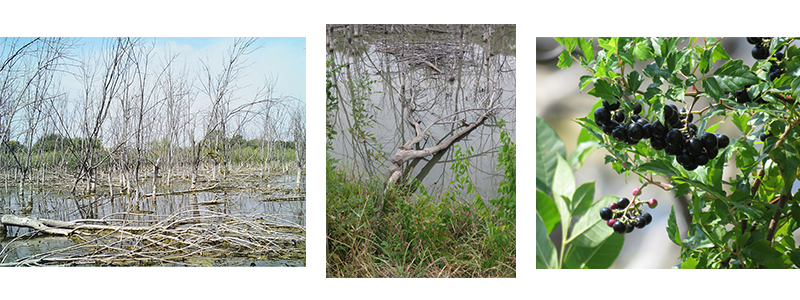
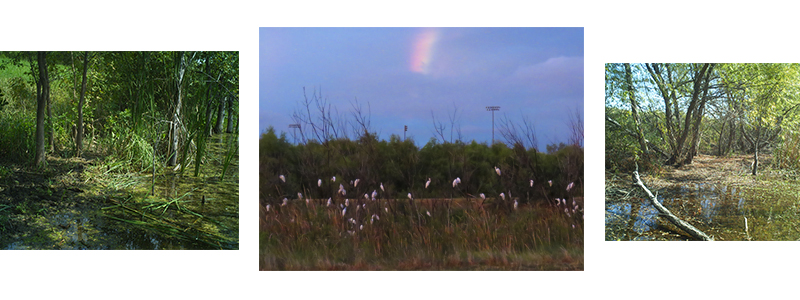
Little Blanchard’s Cricket Frogs were everywhere. The water was full of turtles, and dragonflies darted through the air. The muddy banks were littered with animal tracks of every imaginable type. But it was the tracks of Raccoons that were by far the most common. Undoubtedly there were many of these masked bandits securing their evening meals along the edge of this swamp.
Beaver sign also abounded here. Felled trees and chewed stumps were everywhere—some old and some new. At night the water-bound trees in the middle of the swamp acted as a safe-haven roost for an eclectic mix of herons, egrets, and ibises. Some of these birds stuck around during the day to hunt minnows, frogs, and other small invertebrates. I flushed a Red-shouldered Hawk as I approached the water’s edge. This swamp was loaded with wildlife.


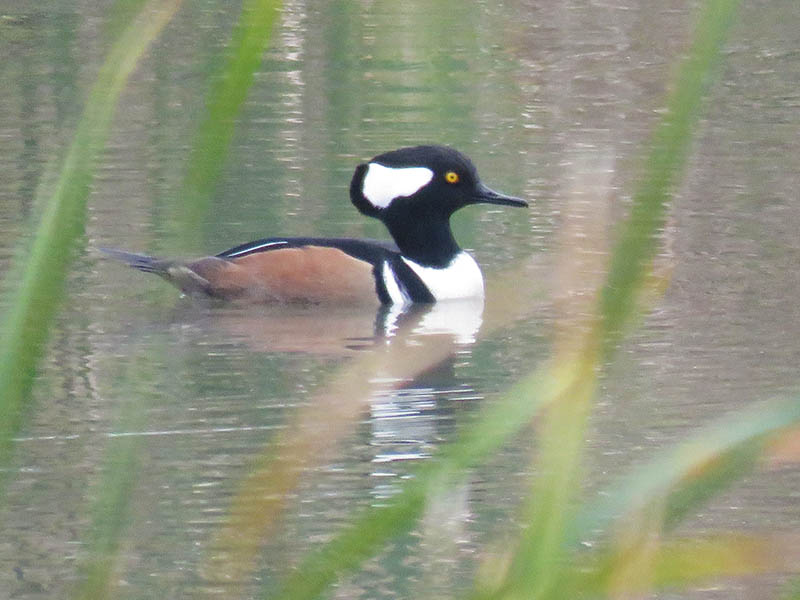
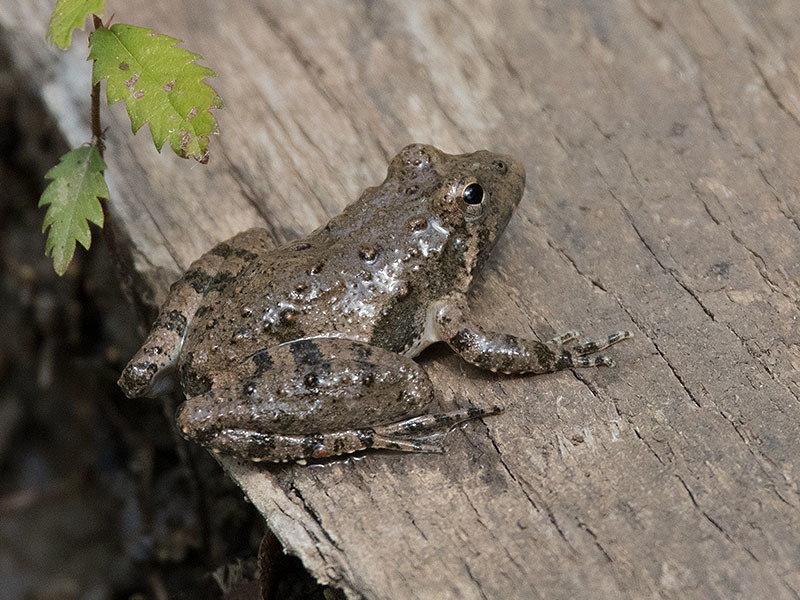
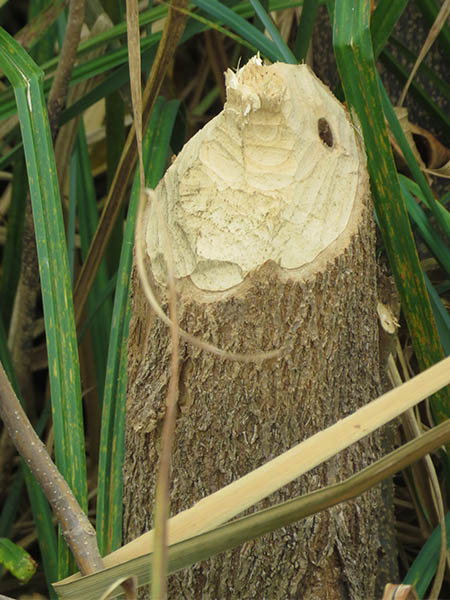
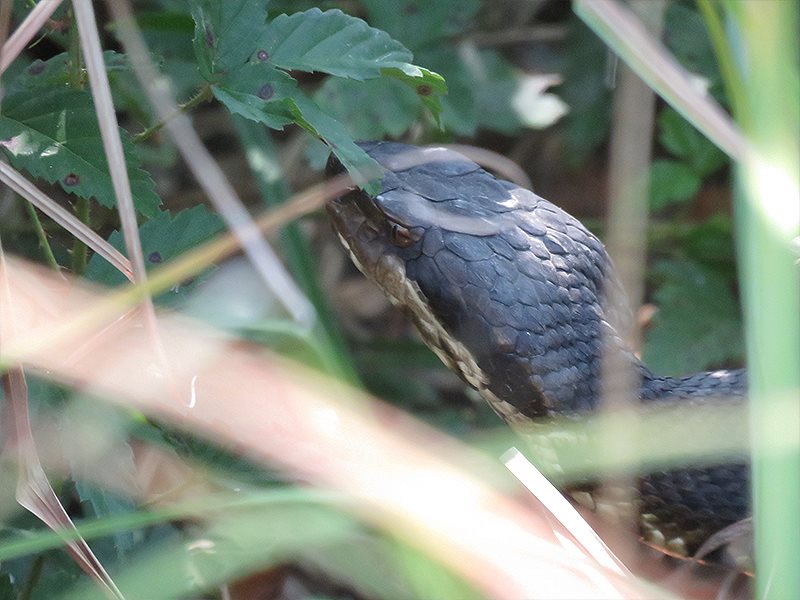
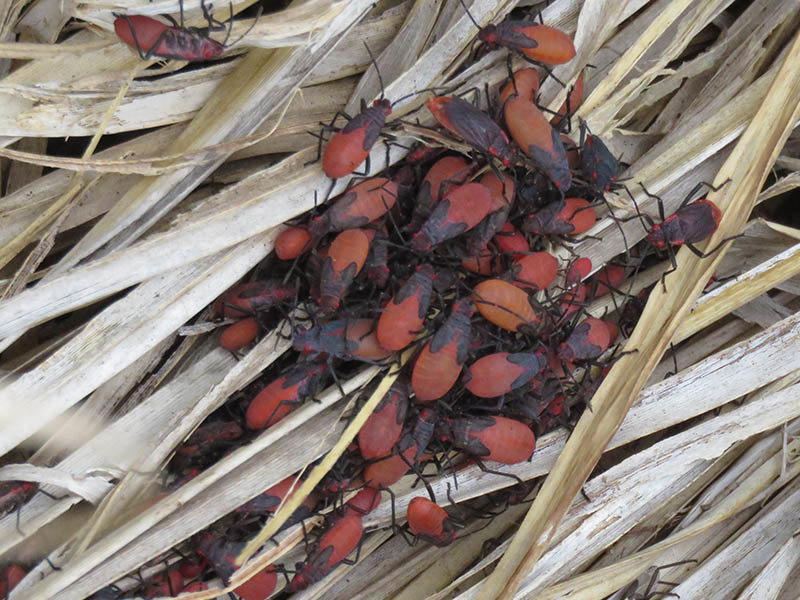
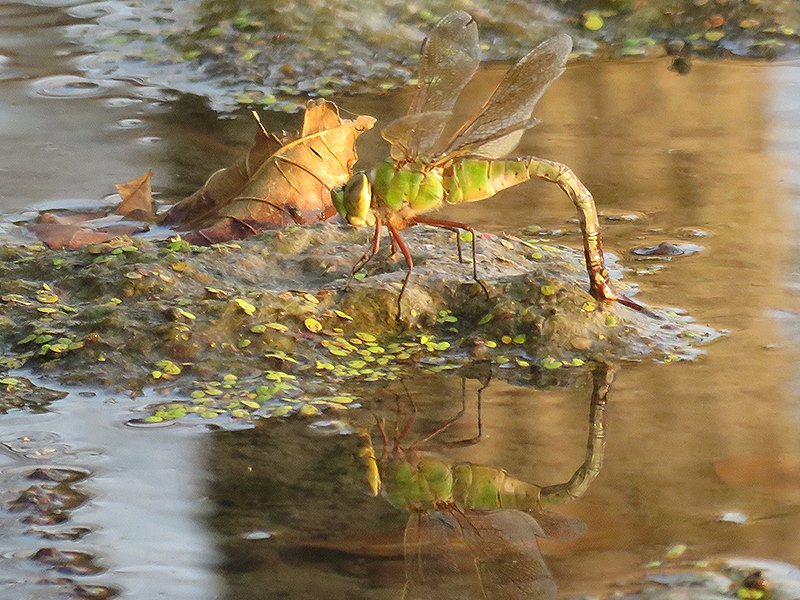
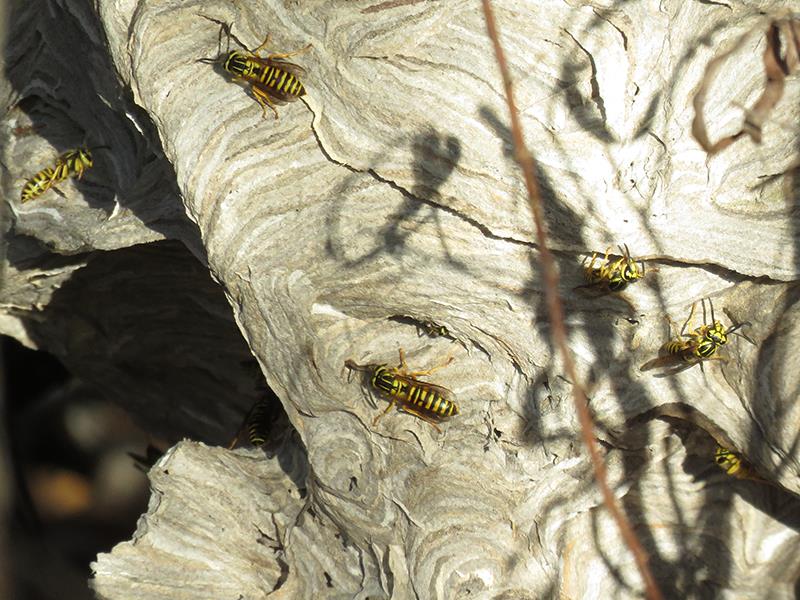
I brought four trail cameras with me—two of my new Aggressors and two of my older Trophy Cams. My plan was to set them in pairs so that I could record all of the comings and goings. Over the course of this survey I set my cameras in a number of different spots. Most of these were quickly busts, because curious Raccoons would come in behind me and re-position the cameras. Below you can see some examples of the sets I attempted…
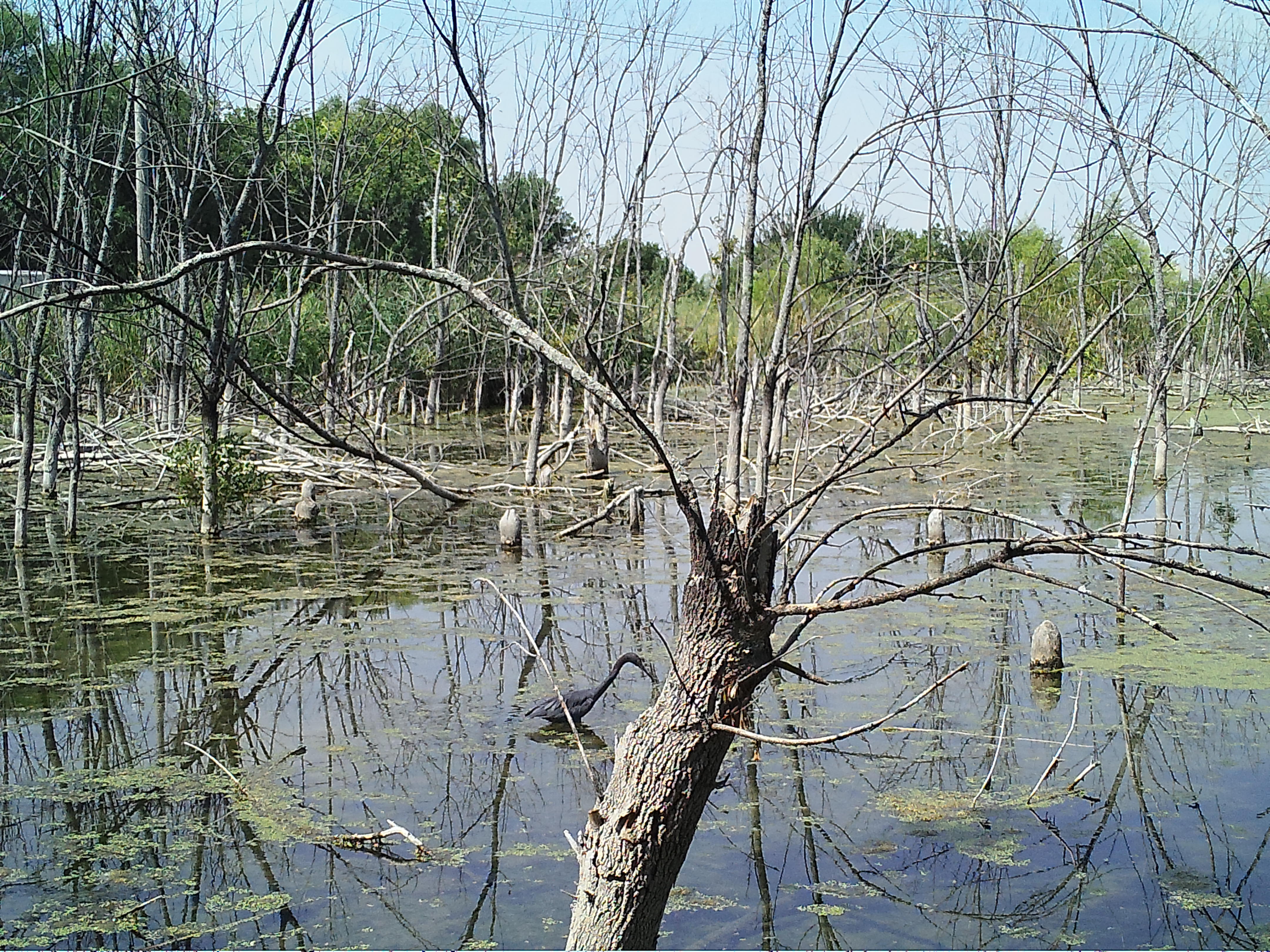

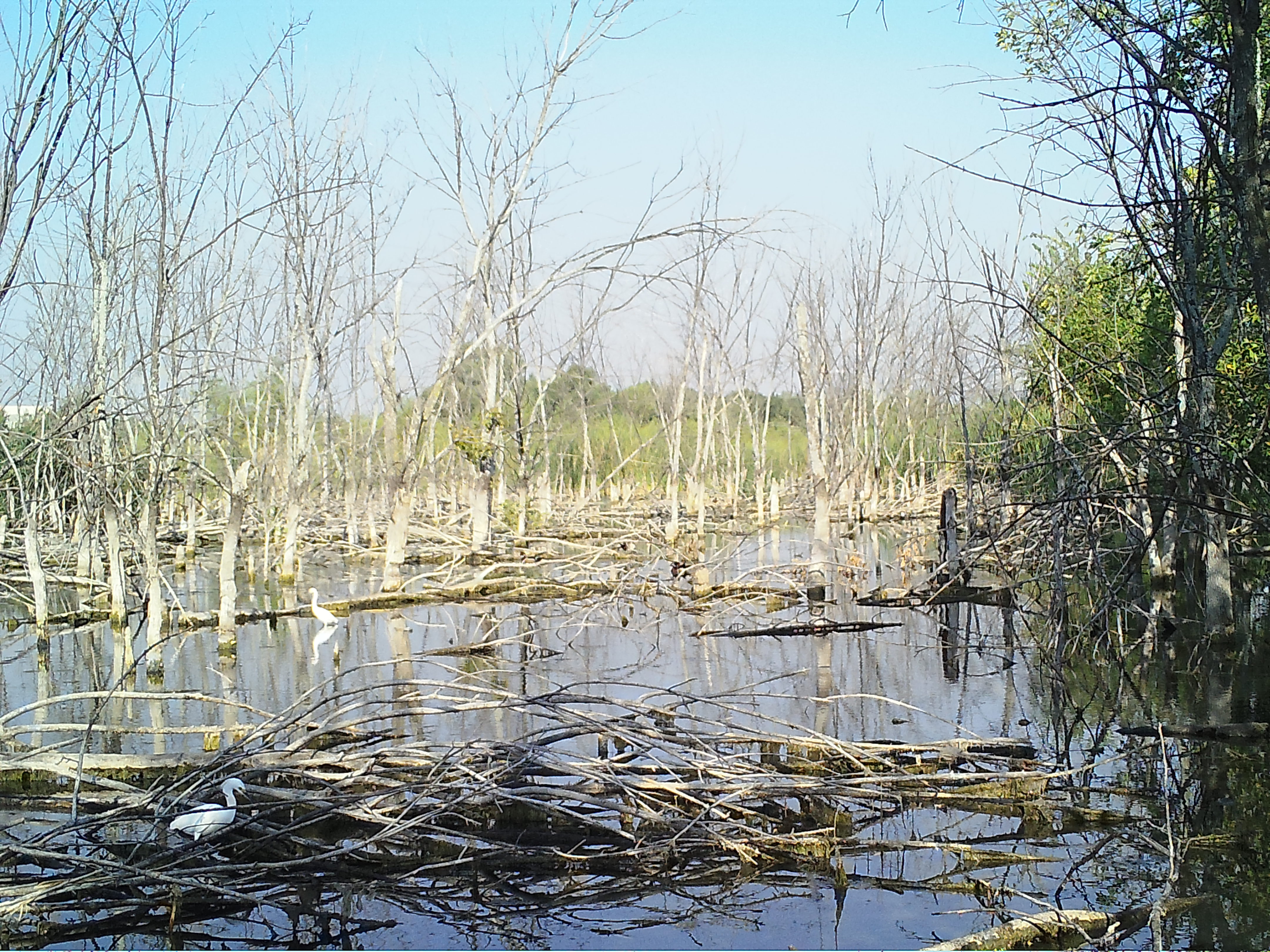
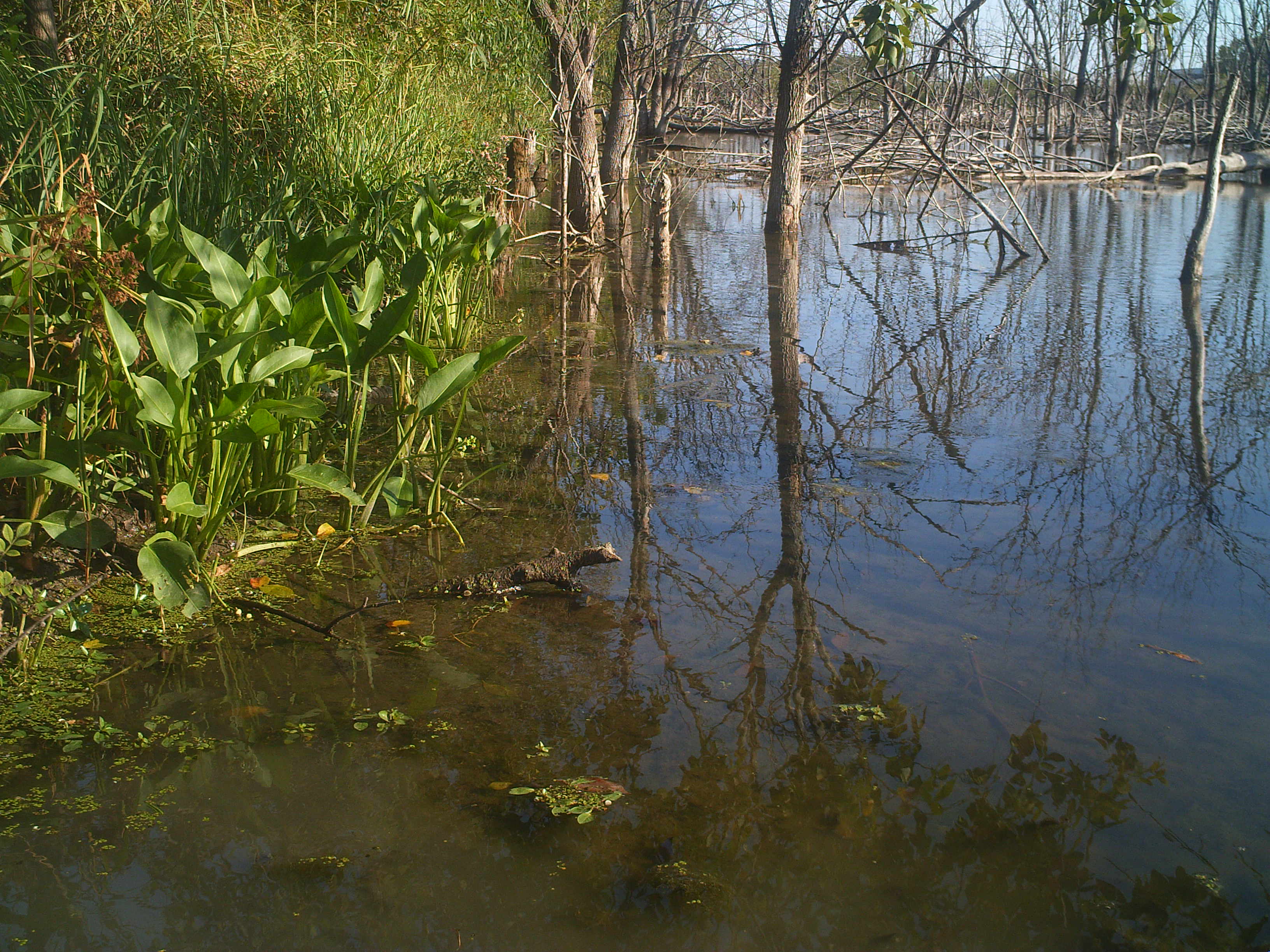

Eventually, I found a couple of locations to leave my cameras that largely escaped Raccoon molestation. I set the first pair of cameras on a group of trees just a short distance from the bank. These two trail cams would be able to monitor all of the activity along the shoreline for yards in either direction.
For the other set I sought out a slightly different spot. For these, I found a nice channel leading through the woods and into the main body of the swamp. It was dry at the time, but water would flow through it with just a little rain. In the dry state the channel created a nice clear path for animals to use coming and going to the swamp. I expected this would be a busy spot.
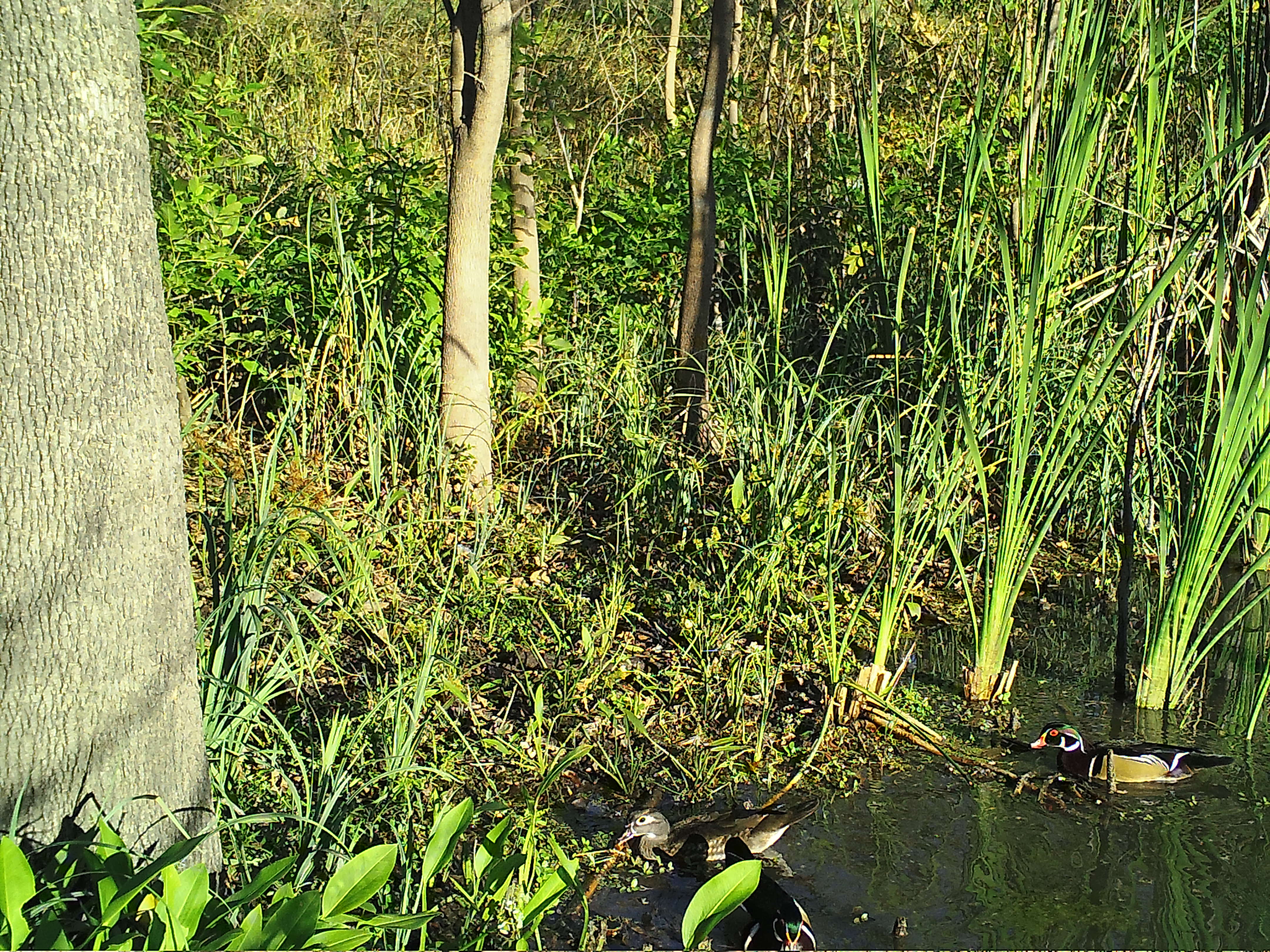

I started getting pictures from every one of these sets almost immediately after the sun went down on the first night after placing the cameras. As I suspected, this swamp had an abundance of Raccoons.
The inquisitive Raccoons, driven by curiosity ,seemed to be drawn to my cameras. Juvenile Raccoons in particular, found my trail camera equipment irresistible. They climbed all over my camera sets as if they were playground equipment. A closeup of a Raccoon face, or a striped tail draped over the camera lens told the tale.
Often the cameras would be re-positioned by the Raccoon’s horseplay—sometime a little and sometimes a lot. This camera accosting behavior is something I would explore more as the survey went on. Here’s some examples of the types of pictures you might expect to get when Raccoons are troubling your trail cameras…
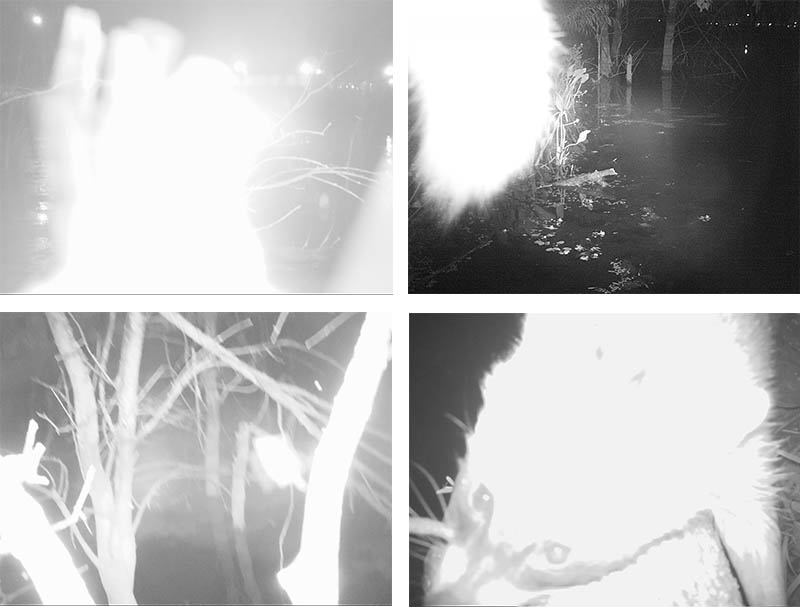
And here are some examples of the types of photographs you might record AFTER your cameras have been re-positioned…
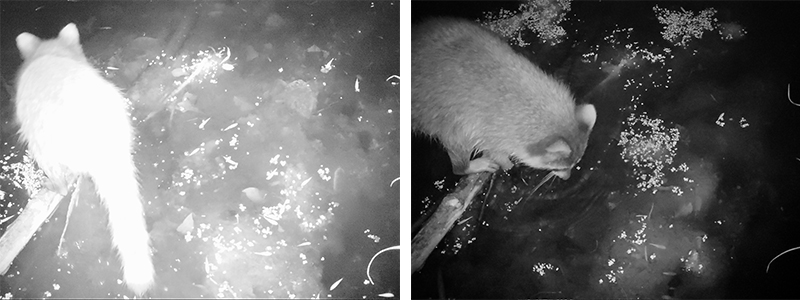

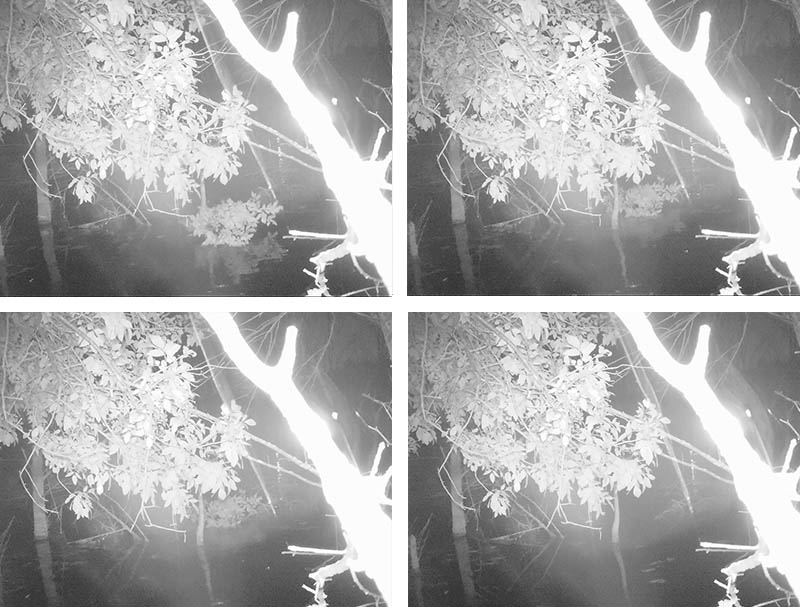
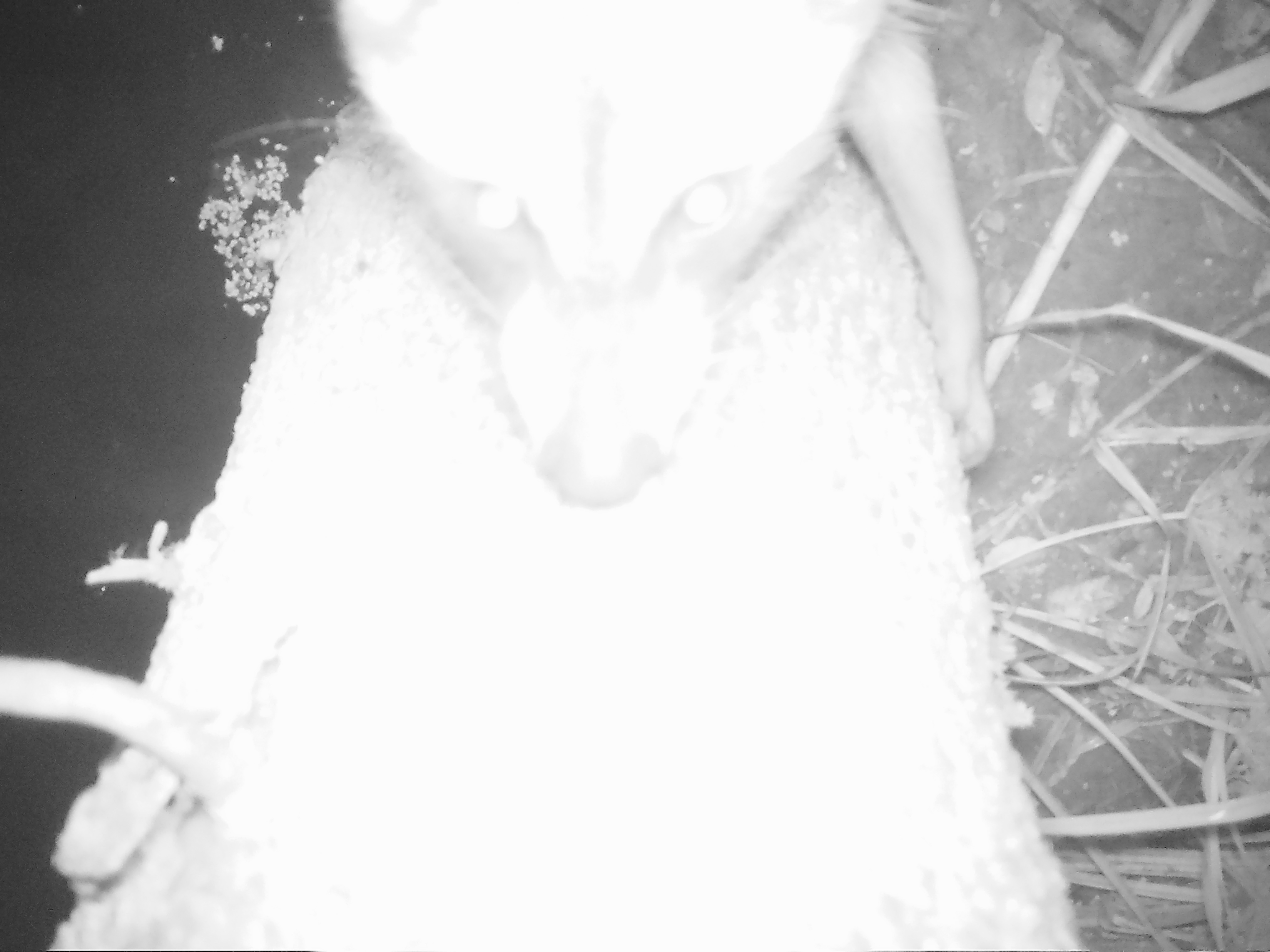
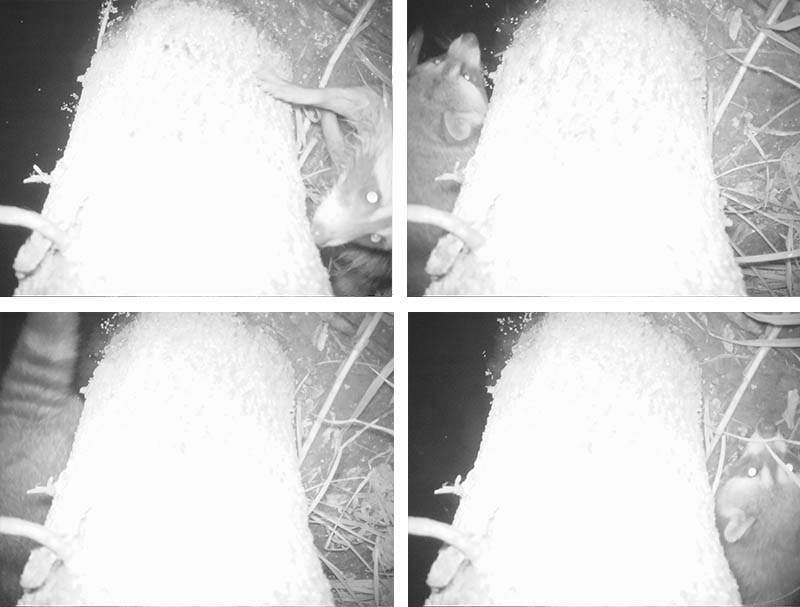
Fortunately, I had better luck with some other sets. The cameras I mounted in the trees along the banks revealed a very busy site. Every night a virtual parade of hungry Raccoons worked their way back and forth along the shore looking for their next meal.
Beavers and Nutria also visited the bank with some regularity. The Beavers came to harvest the young China Berry trees growing just off the water. The cameras recorded them hauling the cut trees out into the middle of the swamp where they could feed on them in safety. The Nutria preferred the greener vegetation. Both Beavers and Nutria came to the water’s edge to feast on the Pickerel Weed that grew there.

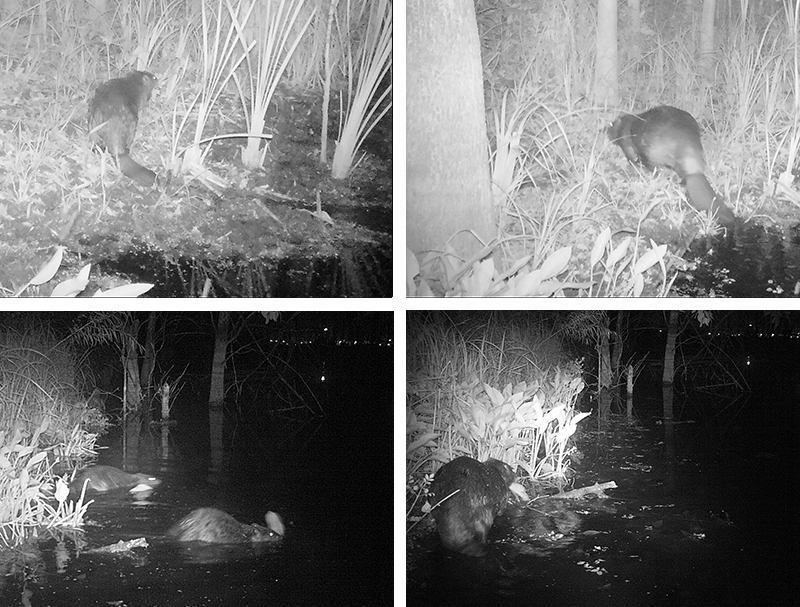

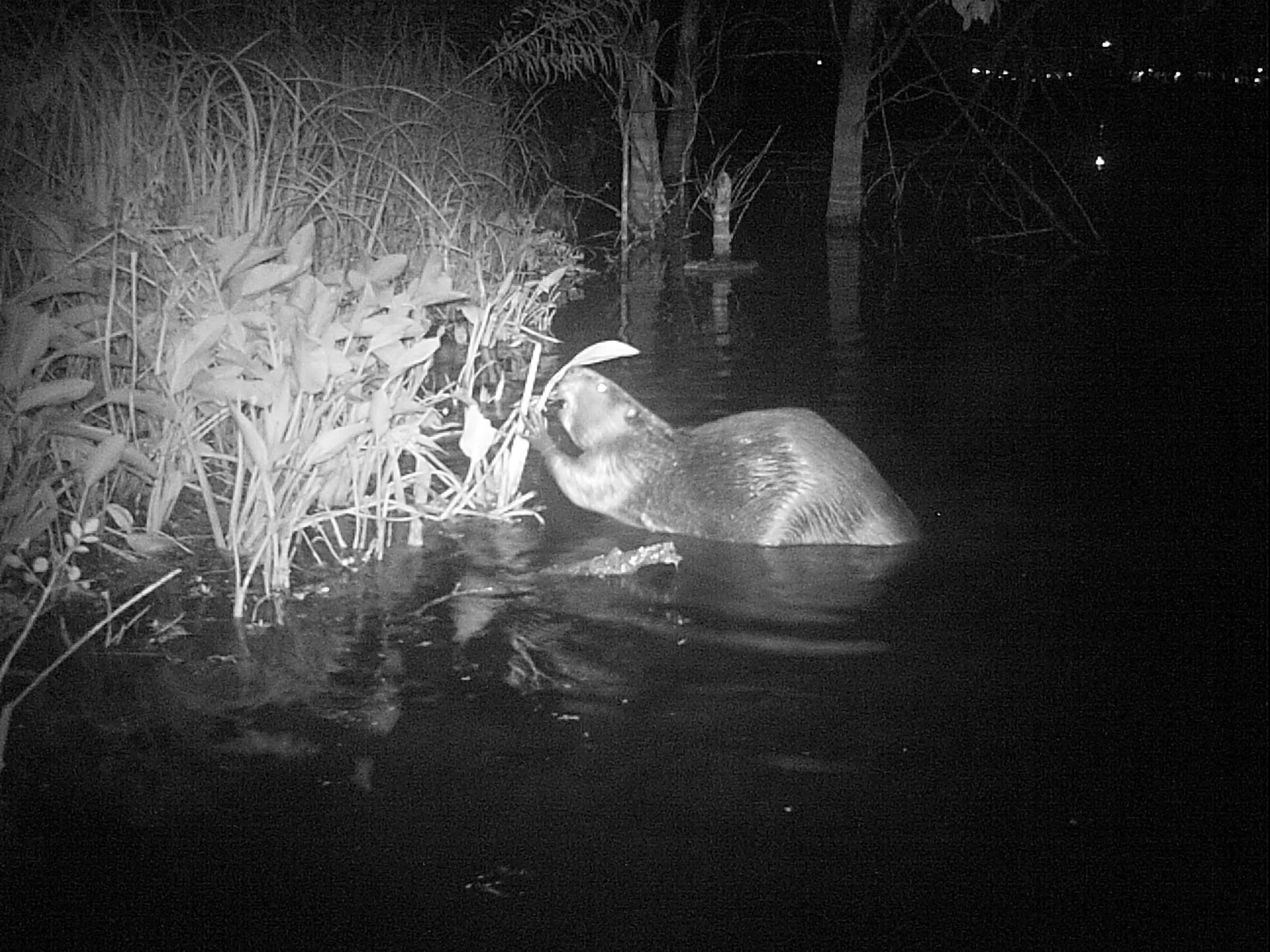
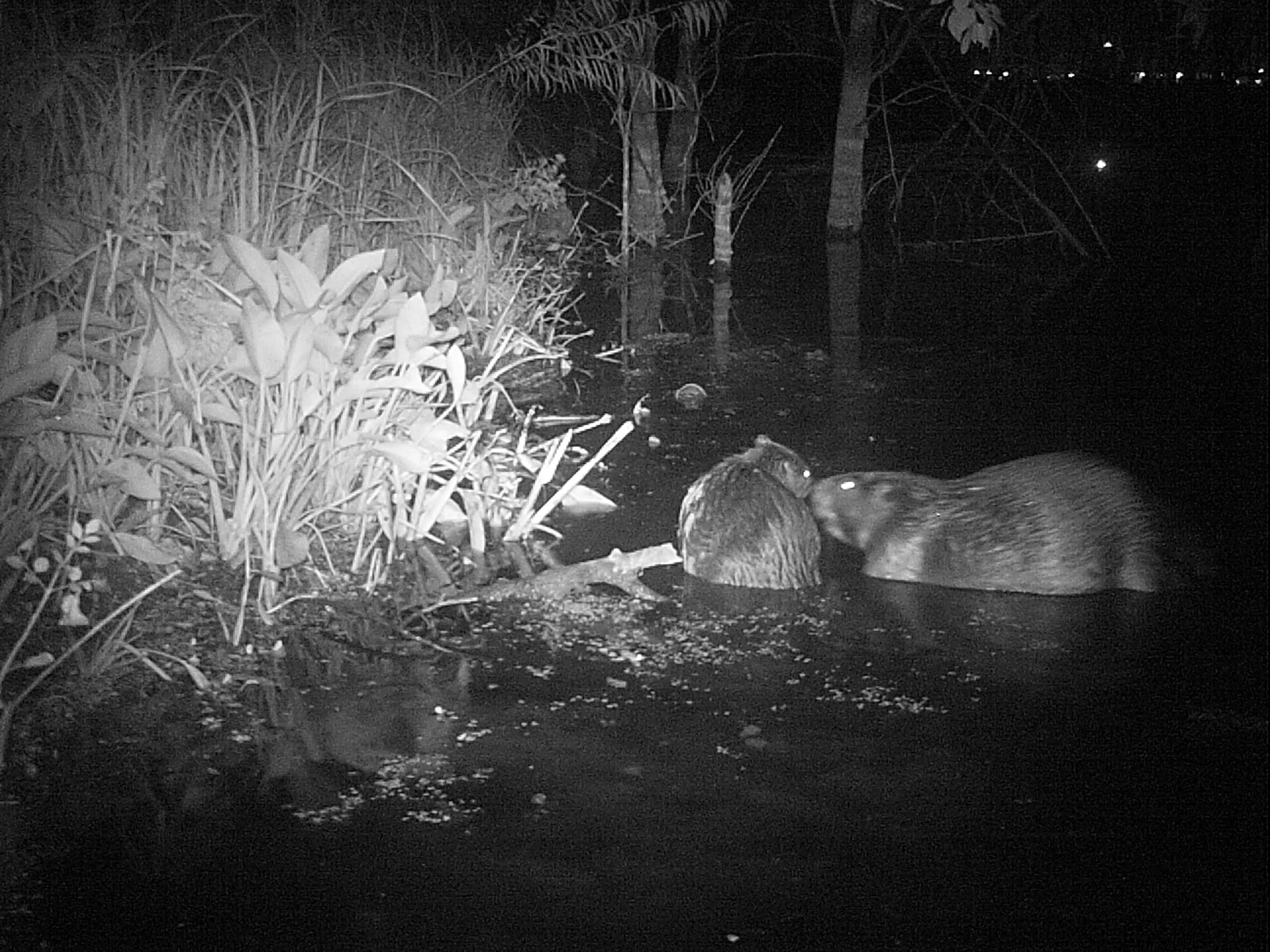
In addition, my cameras at this location also recorded the occasional Opossum or Armadillo. A lone Coyote made a brief appearance one night, and on another a mighty Barn Owl dropped in, likely hunting a frog or other small swamp creature.

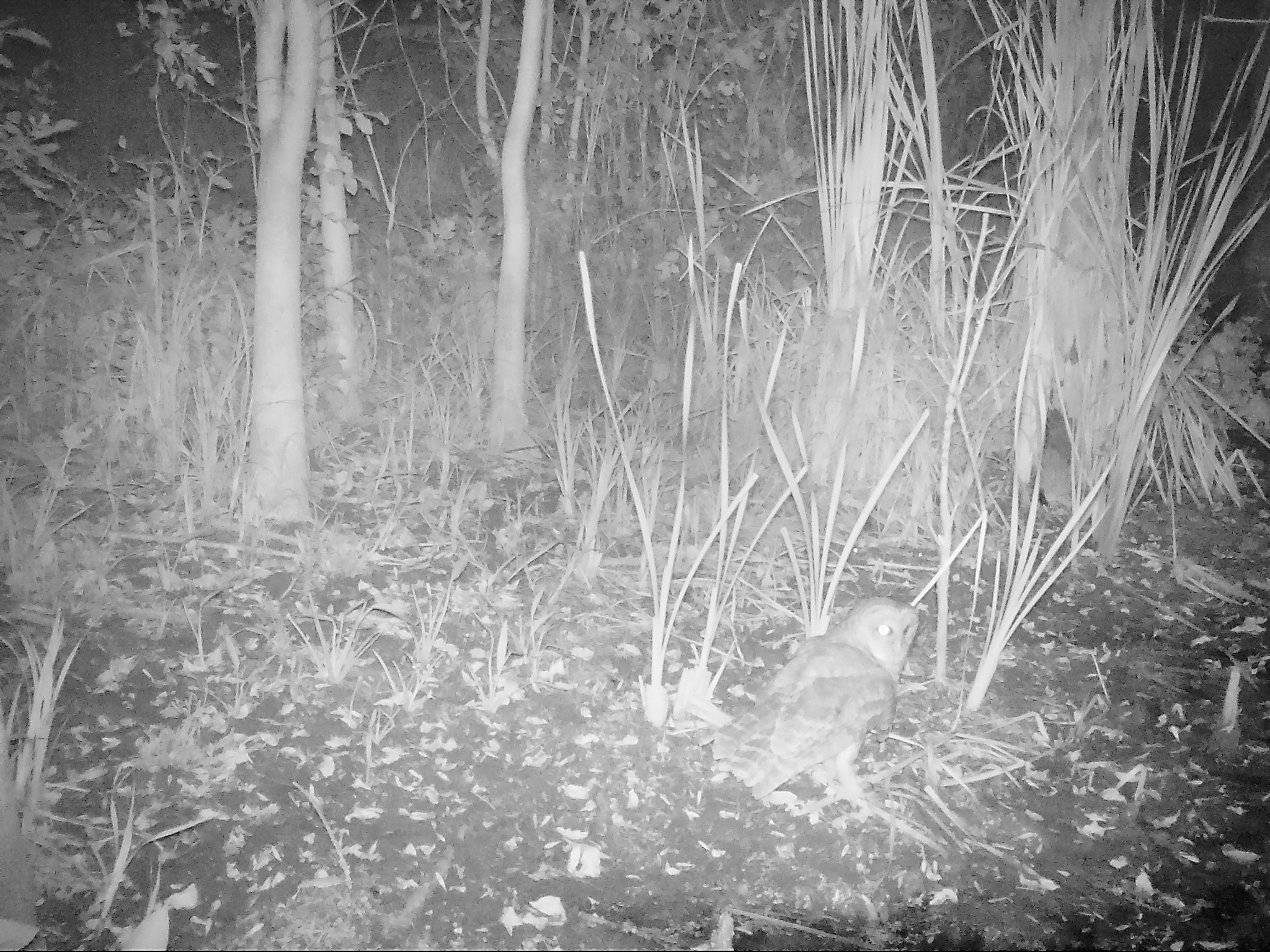
During the day wading birds like Great Blue Herons and Snowy Egrets would trigger the cameras. Other times it might be a group of attractive Wood Ducks floating by that were recorded.




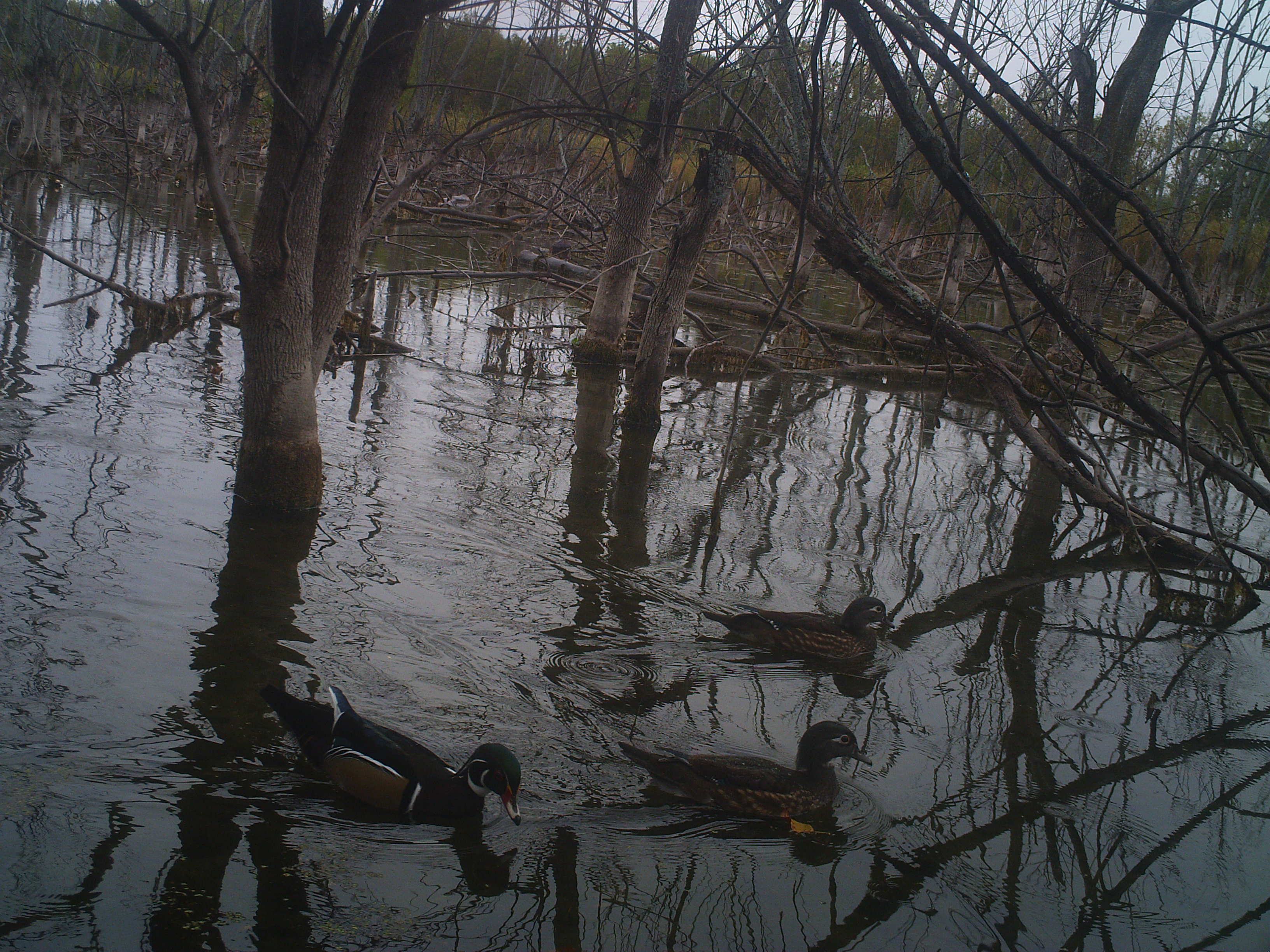

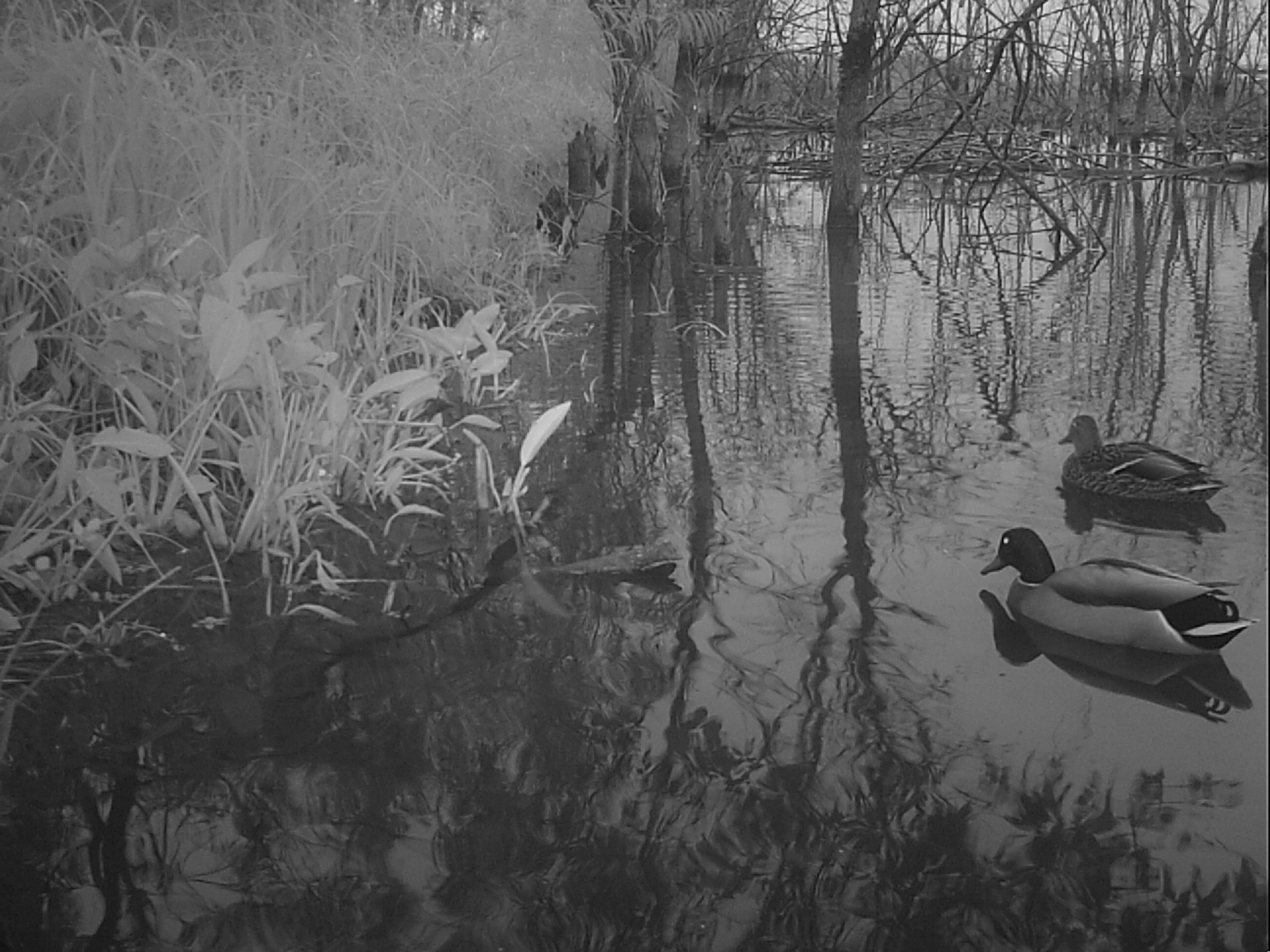
At the other end of the bog we also had a steady stream of visitors. Predators like Coyotes and Bobcats were recorded using the dry channel as a way to approach the swamp for hunting.
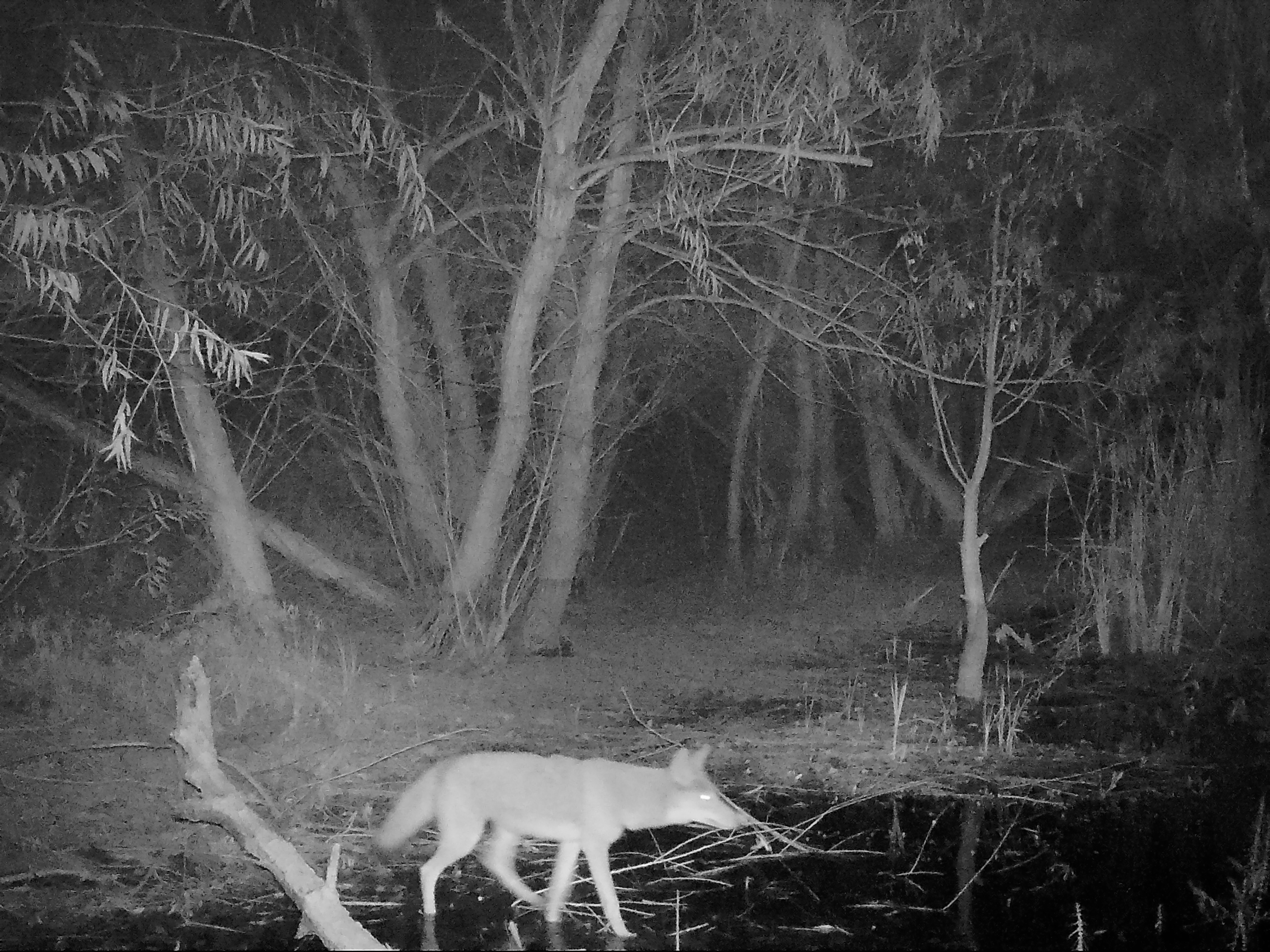
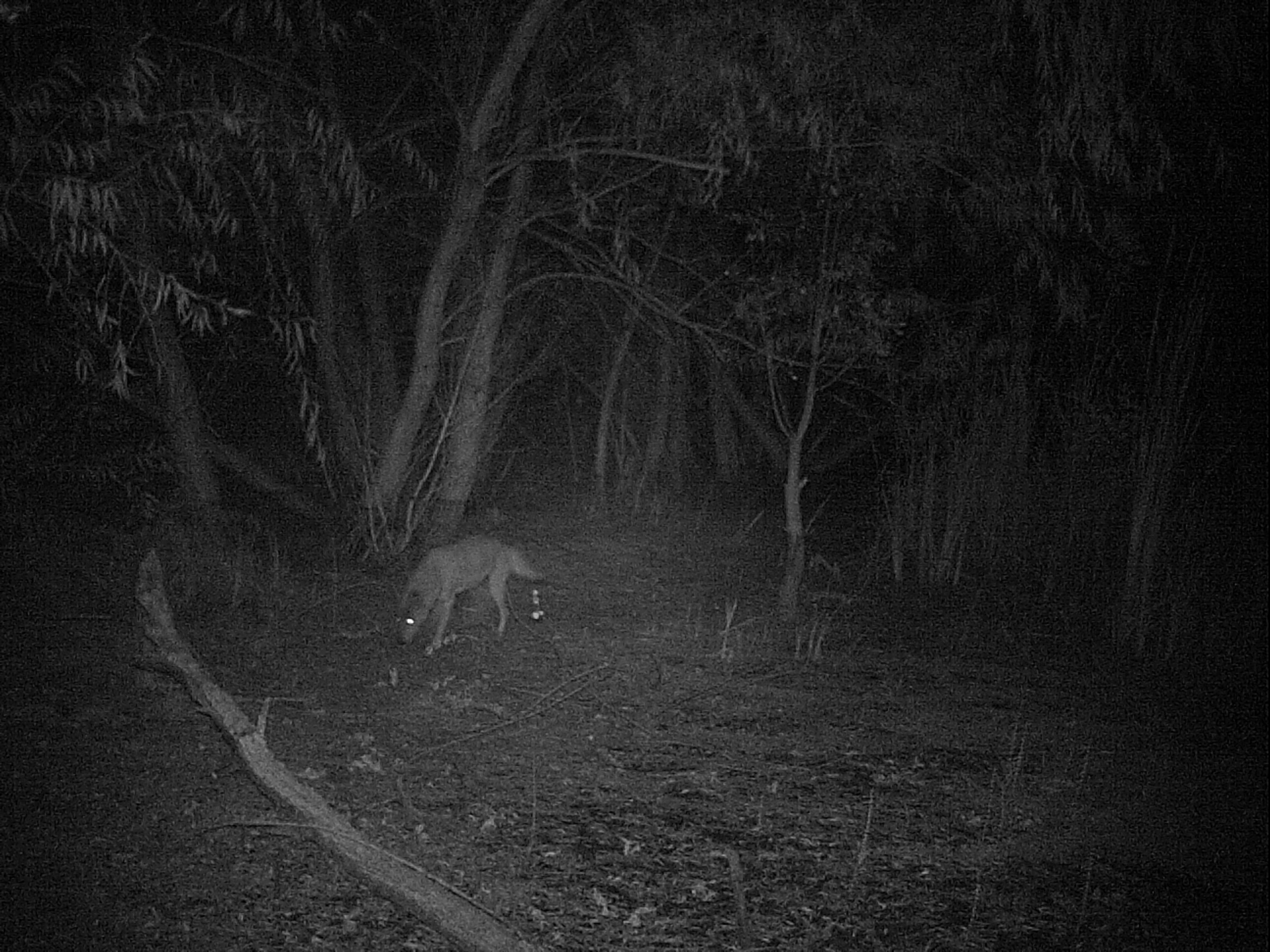
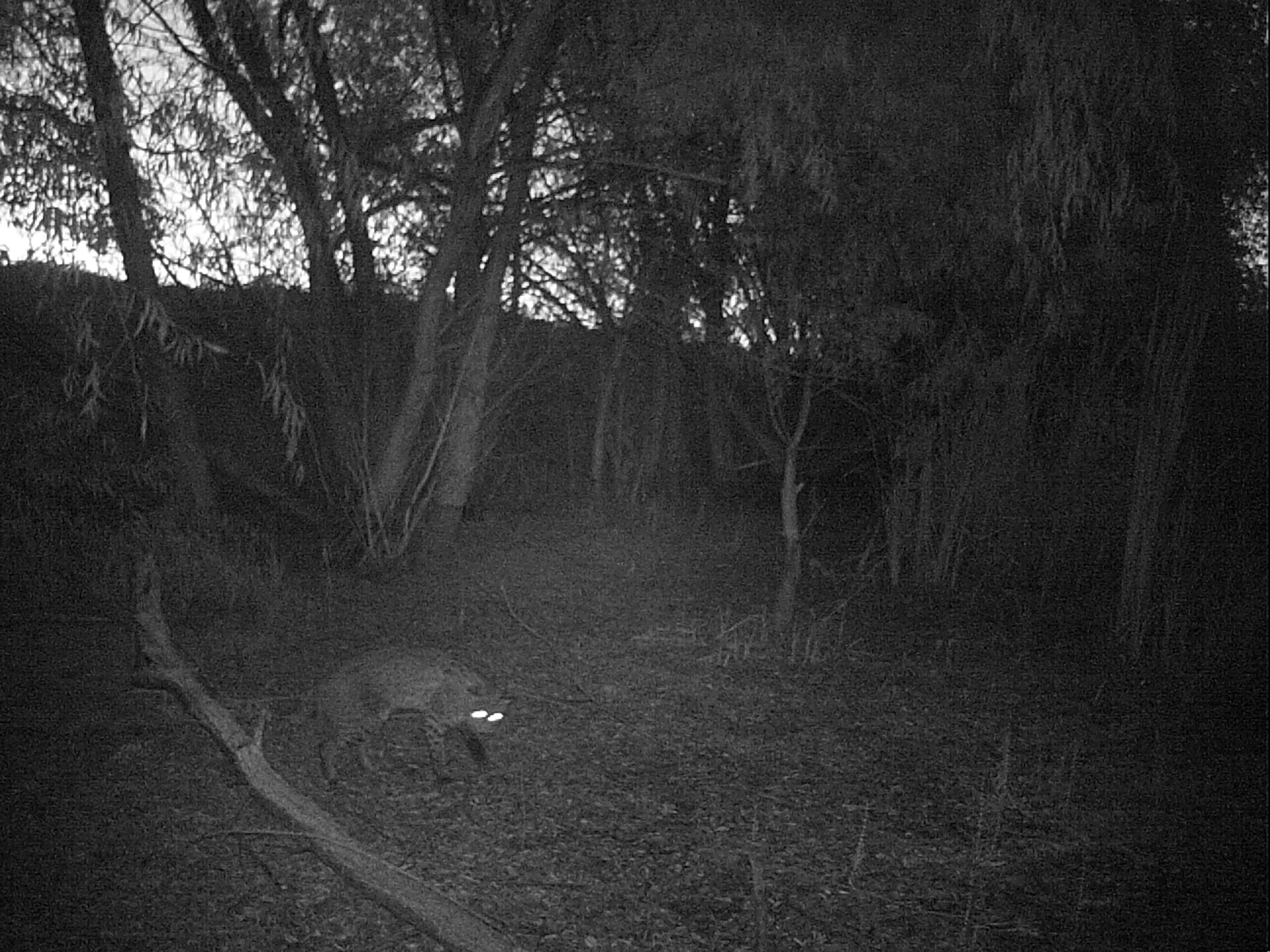

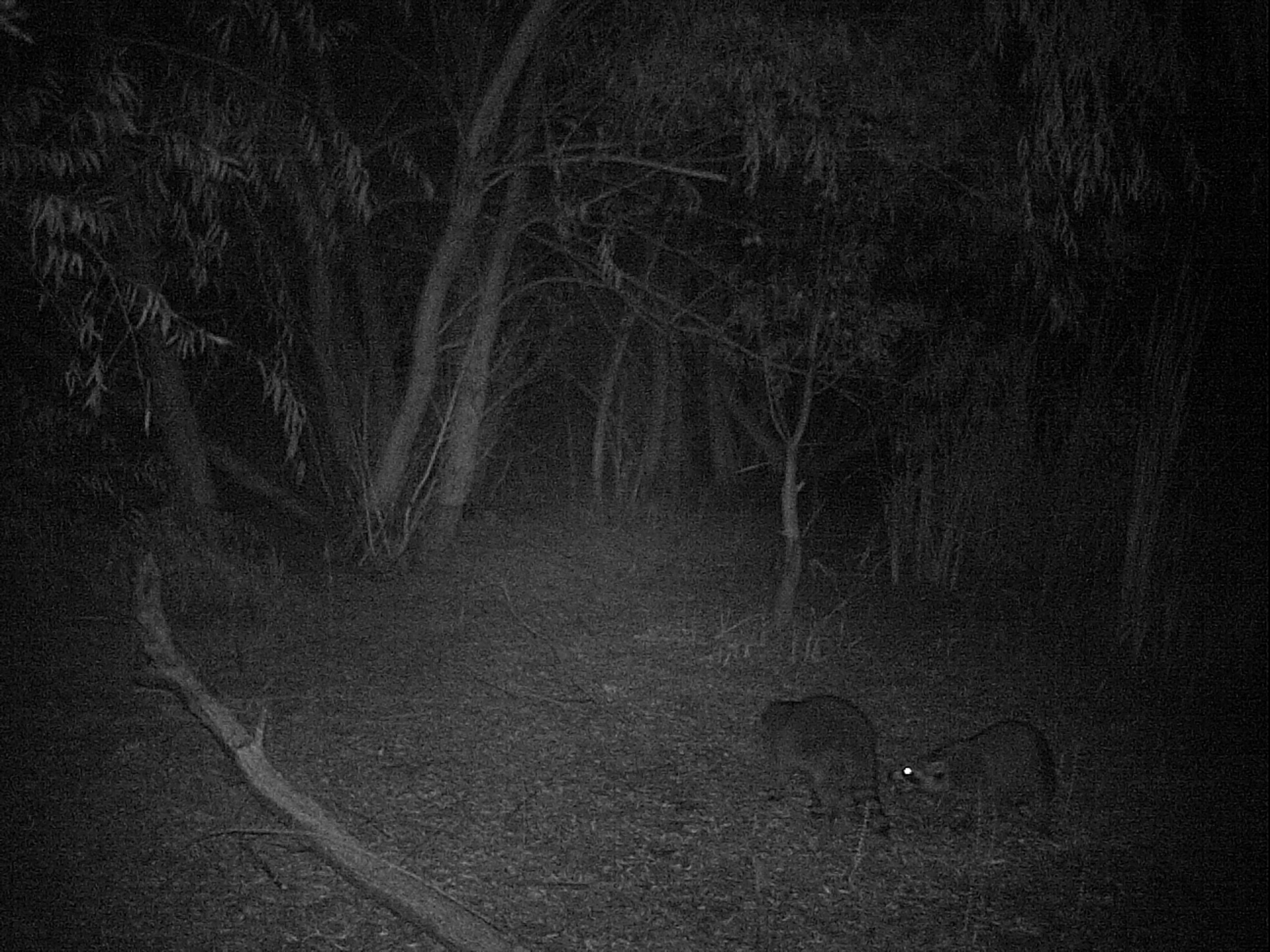
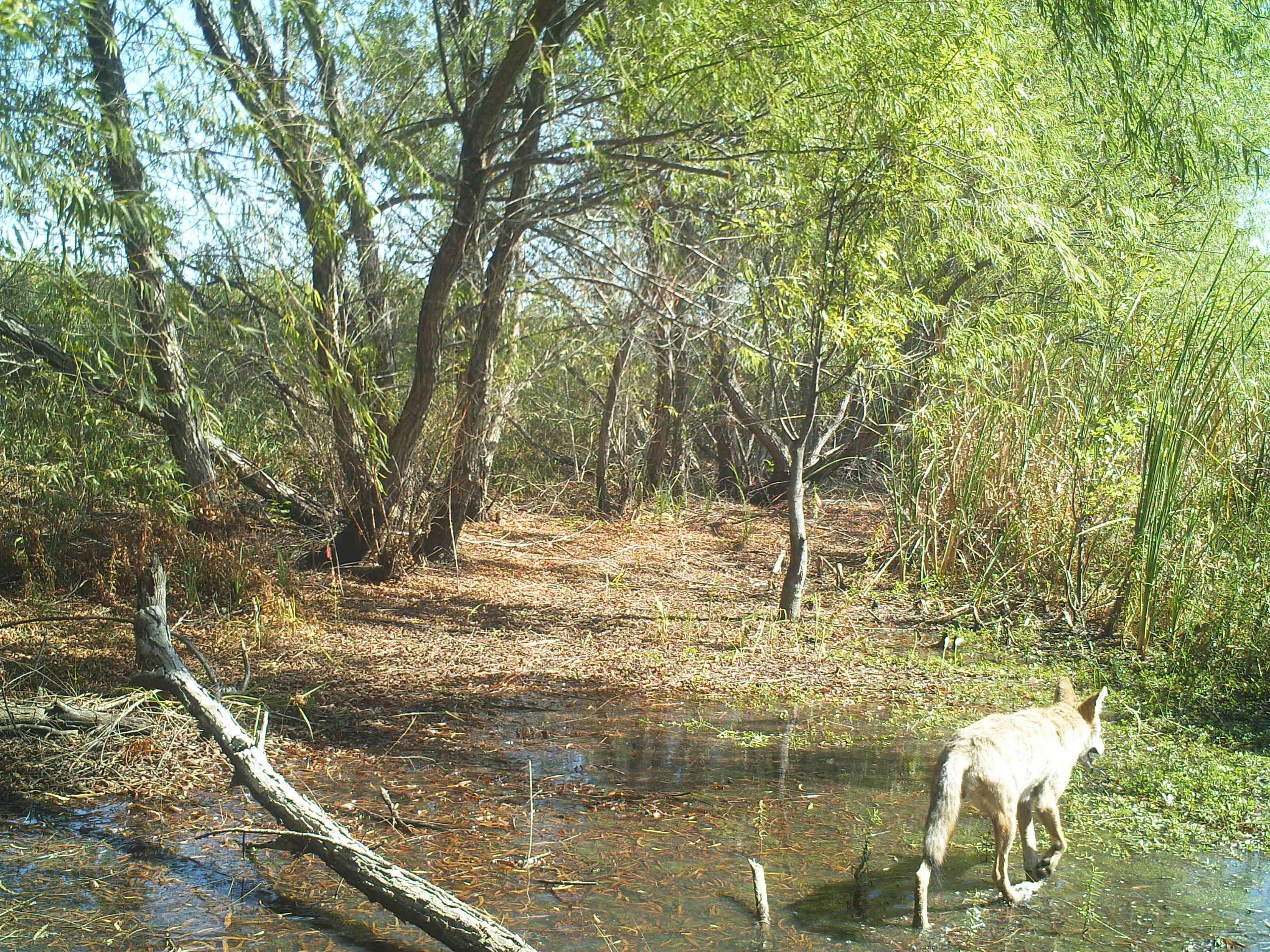
There were also a couple of unexpected and pleasant surprises from this set. I’ve photographed Bald Eagles in the metroplex on various occasions in the past, but I never expected to record one with a trail camera. This particular eagle is uniquely identifiable by his unusual crossed bill. His upper an lower mandibles are slightly misaligned. He has been photographed with some regularity at an area reservoir.
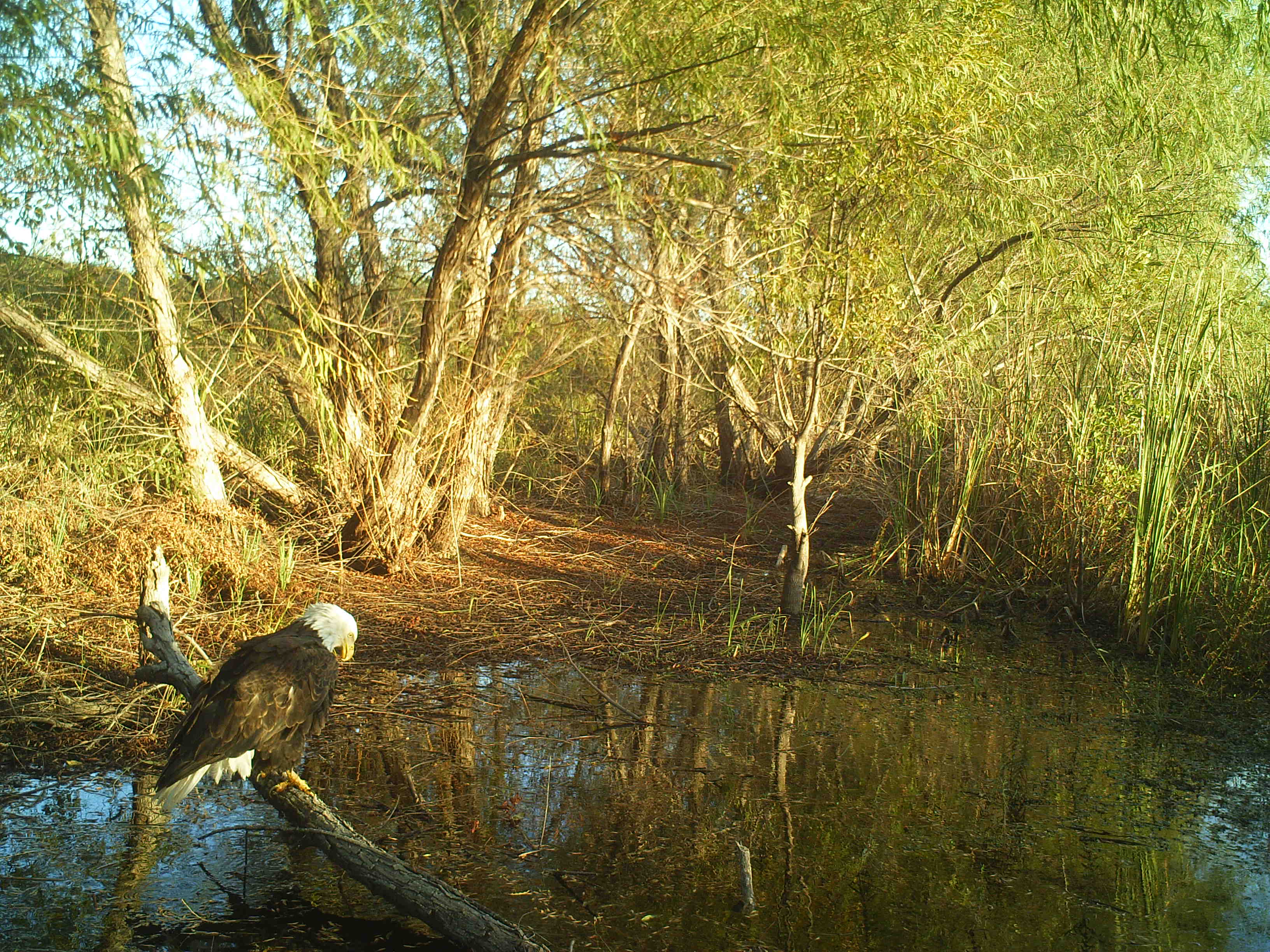
As I alluded to earlier, perhaps the most entertaining aspect of this camera trapping project was the antics of the resident swamp Raccoons. After I became aware of the comical interest the Raccoons had in my trail cameras, I decided to explore this behavior a bit more. On my last maintenance visits to the camera sites, I rearranged one set so that two cameras pointed directly at each other. With this configuration I hoped to record pictures of the Raccoons playing on my camera equipment. Raccoons are rascals and I couldn’t wait to see the pictures that would result.
But Raccoons are Raccoons. They have minds of their own. By the time I thought to set things up in this configuration, the novelty of the cameras had worn off for the resident masked bandits. A couple of Raccoons did take the time for a cursory investigation, but none attacked the effort with the same vigor that had been demonstrated earlier in this project. Thanks for letting me down when I really needed you!
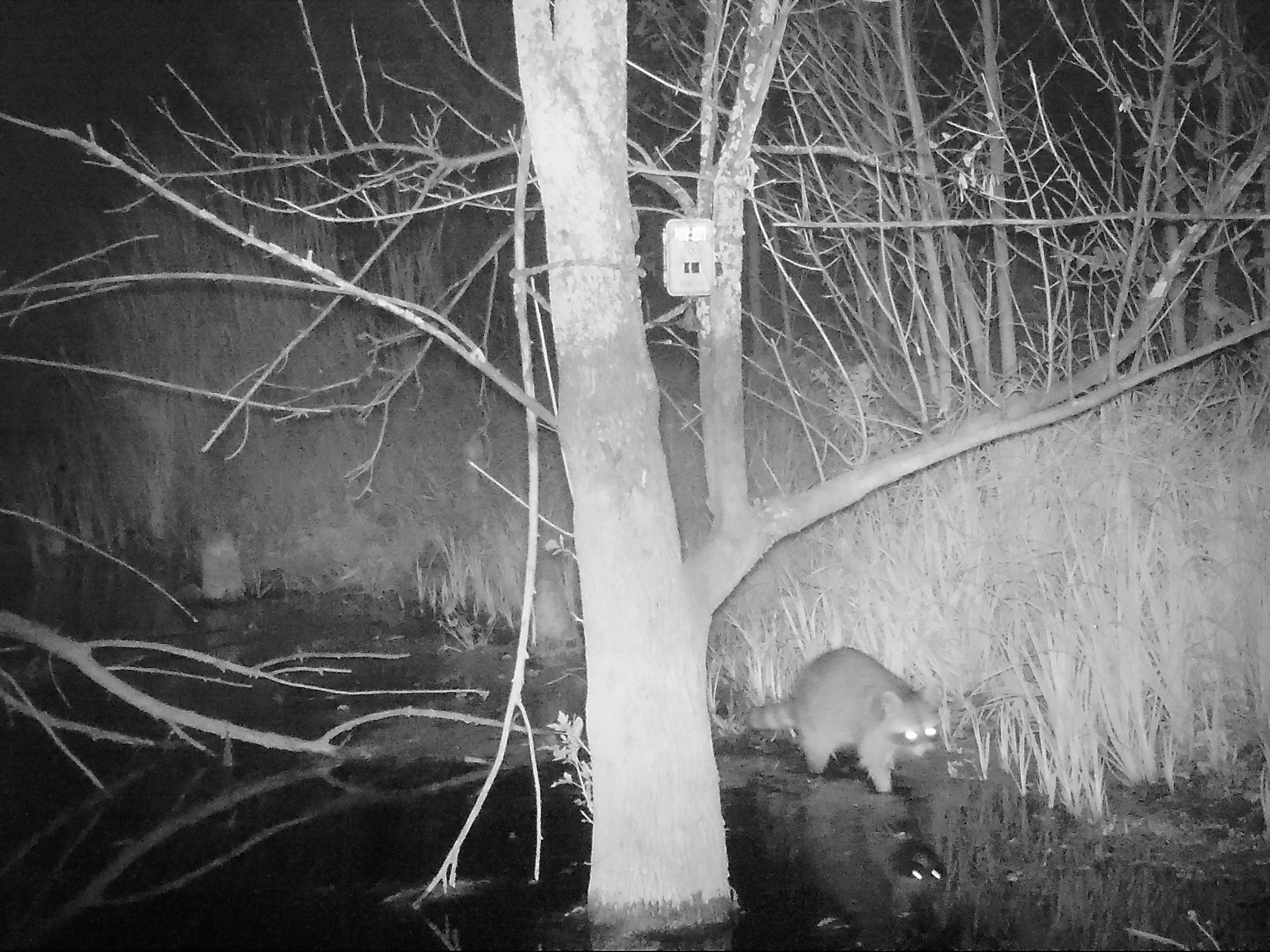
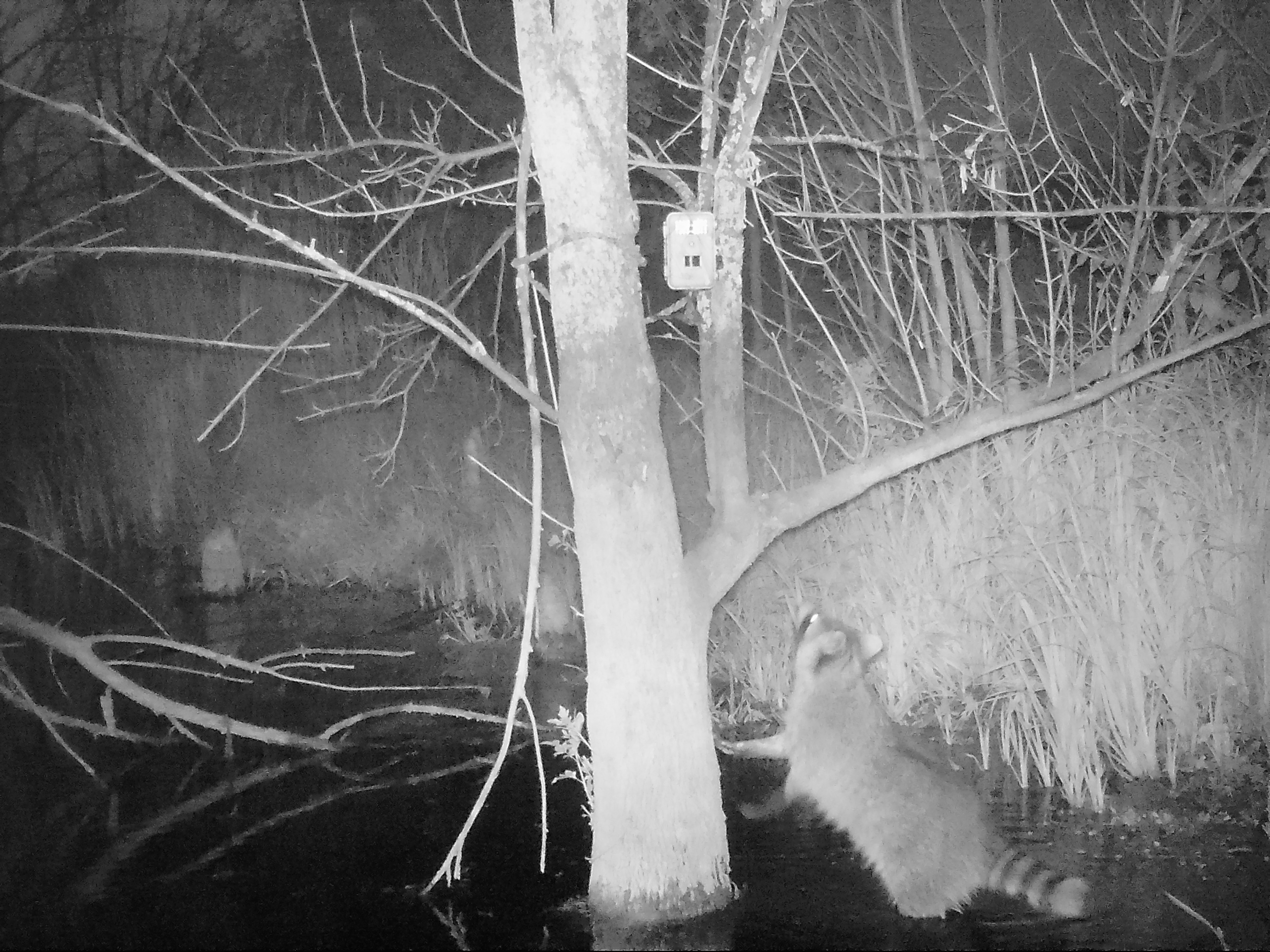
Maybe I will stop by again next summer and give it another try! The Raccoons living in this urban swamp certainly were intriguing subjects for my trail cameras. These are intelligent and resourceful animals. They are incredibly adaptable. Here is how Wikipedia describes the intelligence of the Raccoon:
Zoologist Clinton Hart Merriam described raccoons as “clever beasts”, and that “in certain directions their cunning surpasses that of the fox.” The animal’s intelligence gave rise to the epithet “sly coon”. Only a few studies have been undertaken to determine the mental abilities of raccoons, most of them based on the animal’s sense of touch. In a study by the ethologist H. B. Davis in 1908, raccoons were able to open 11 of 13 complex locks in fewer than 10 tries and had no problems repeating the action when the locks were rearranged or turned upside down. Davis concluded they understood the abstract principles of the locking mechanisms and their learning speed was equivalent to that of rhesus macaques. Studies in 1963, 1973, 1975 and 1992 concentrated on raccoon memory showed they can remember the solutions to tasks for up to three years. In a study by B. Pohl in 1992, raccoons were able to instantly differentiate between identical and different symbols three years after the short initial learning phase. Stanislas Dehaene reports in his book The Number Sense raccoons can distinguish boxes containing two or four grapes from those containing three. In research by Suzana Herculano-Houzel and other neuroscientists, raccoons have been found to be comparable to primates in density of neurons in the cerebral cortex, a neuroanatomical indicator of intelligence.
We’ll close this article with a few more pictures of the swamp Raccoons and their engaging antics. Enjoy!




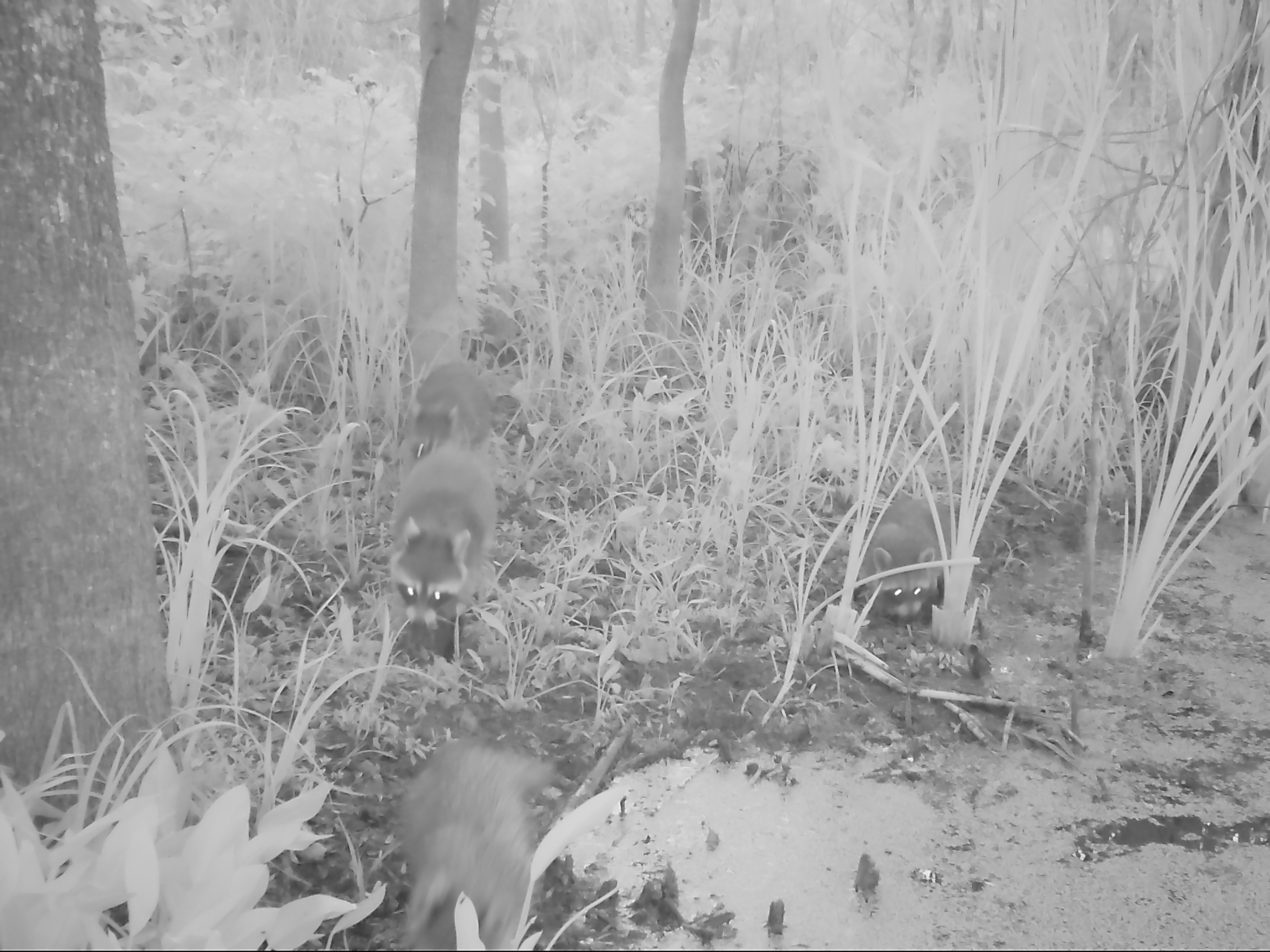
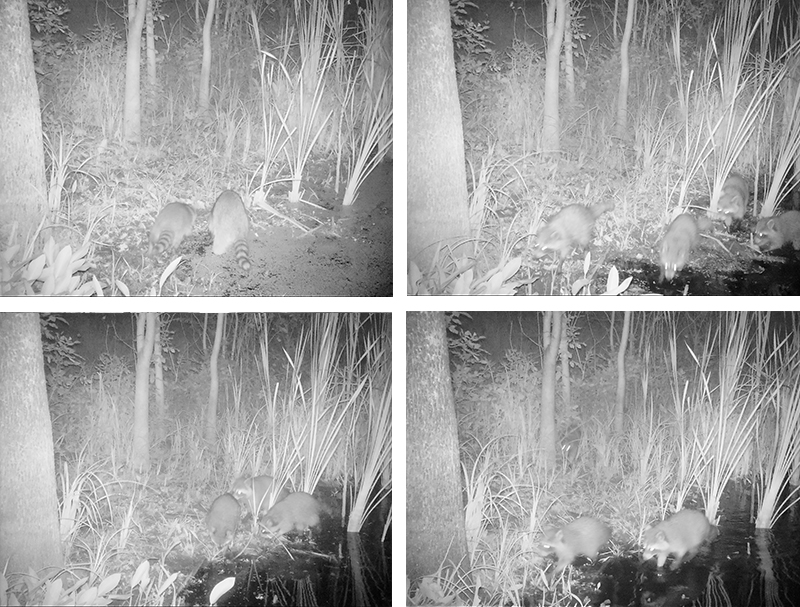
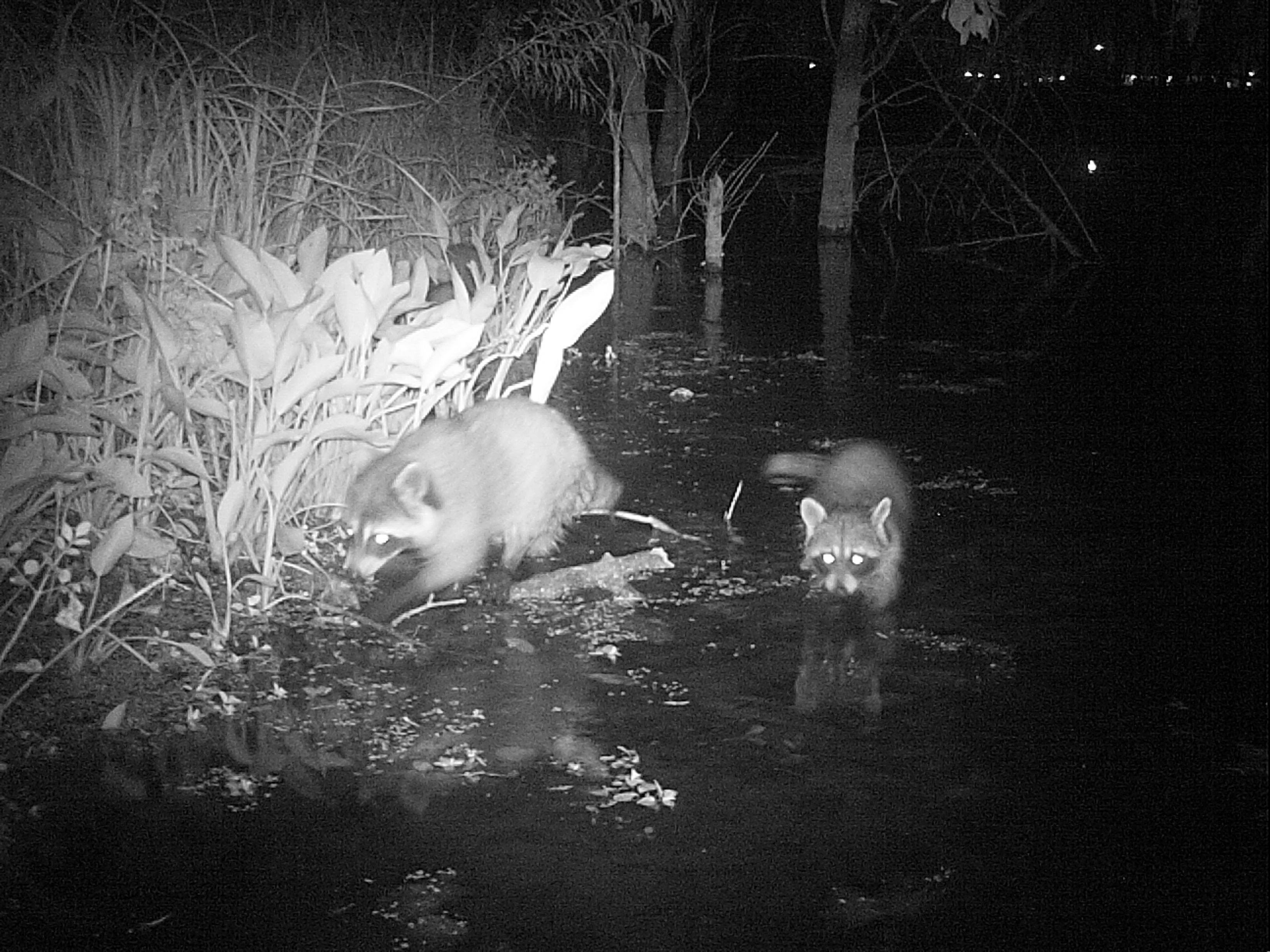
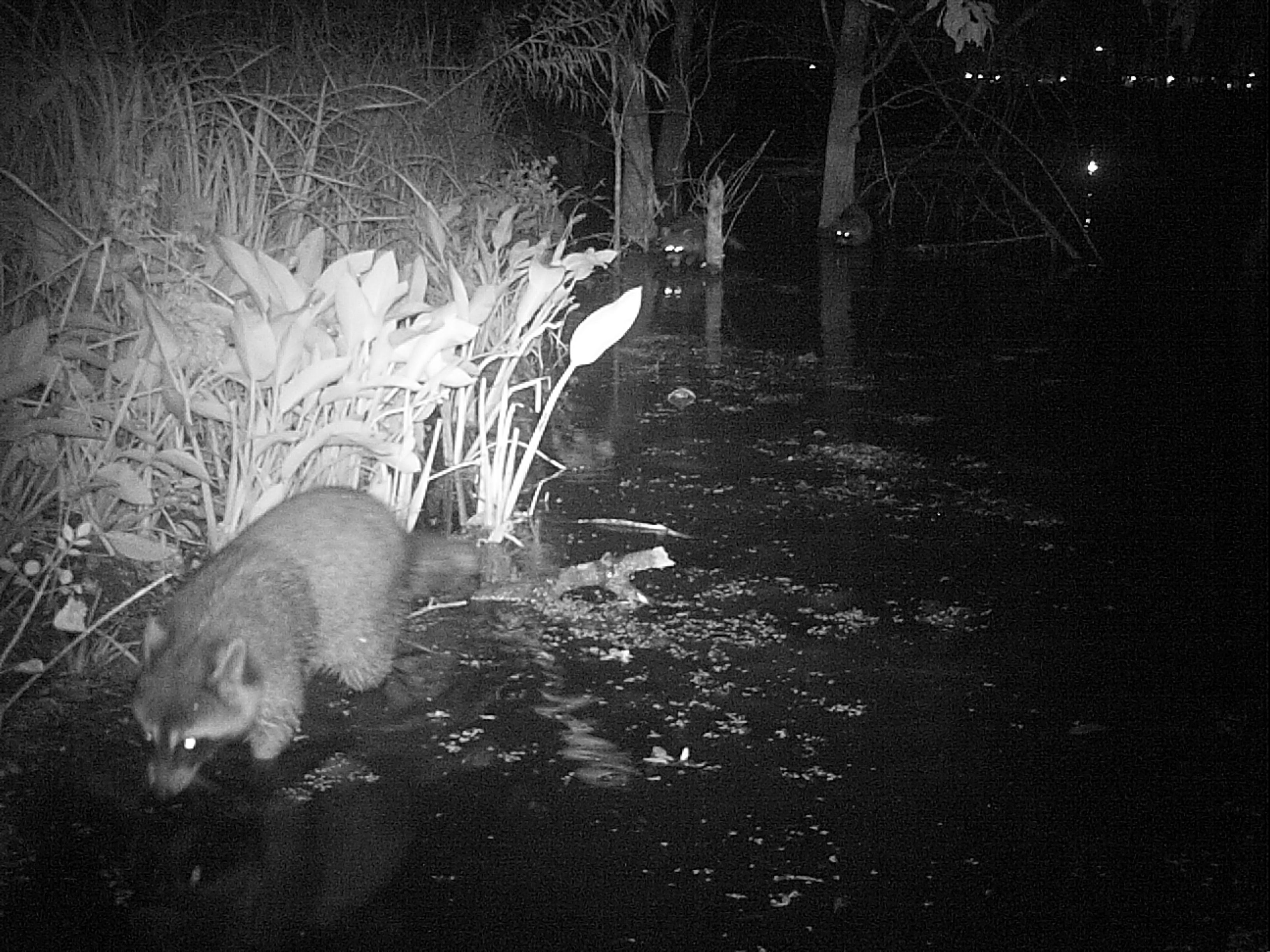
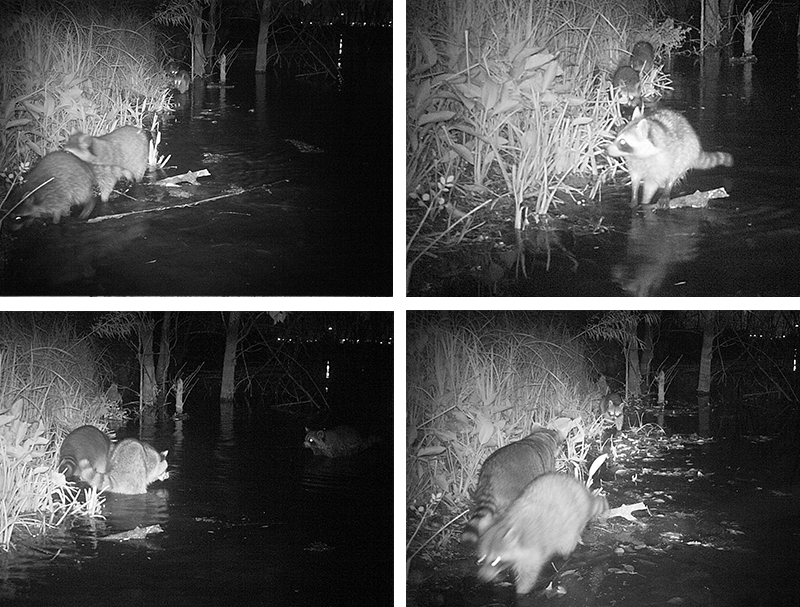
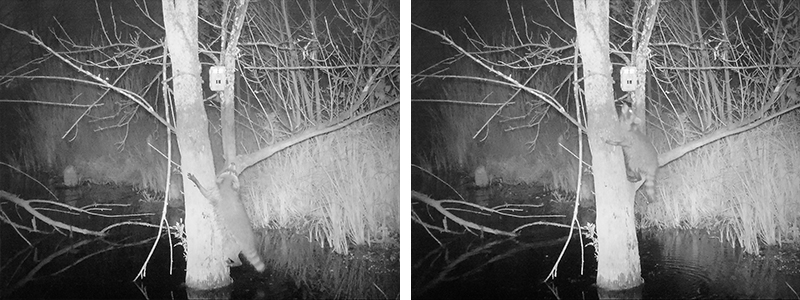
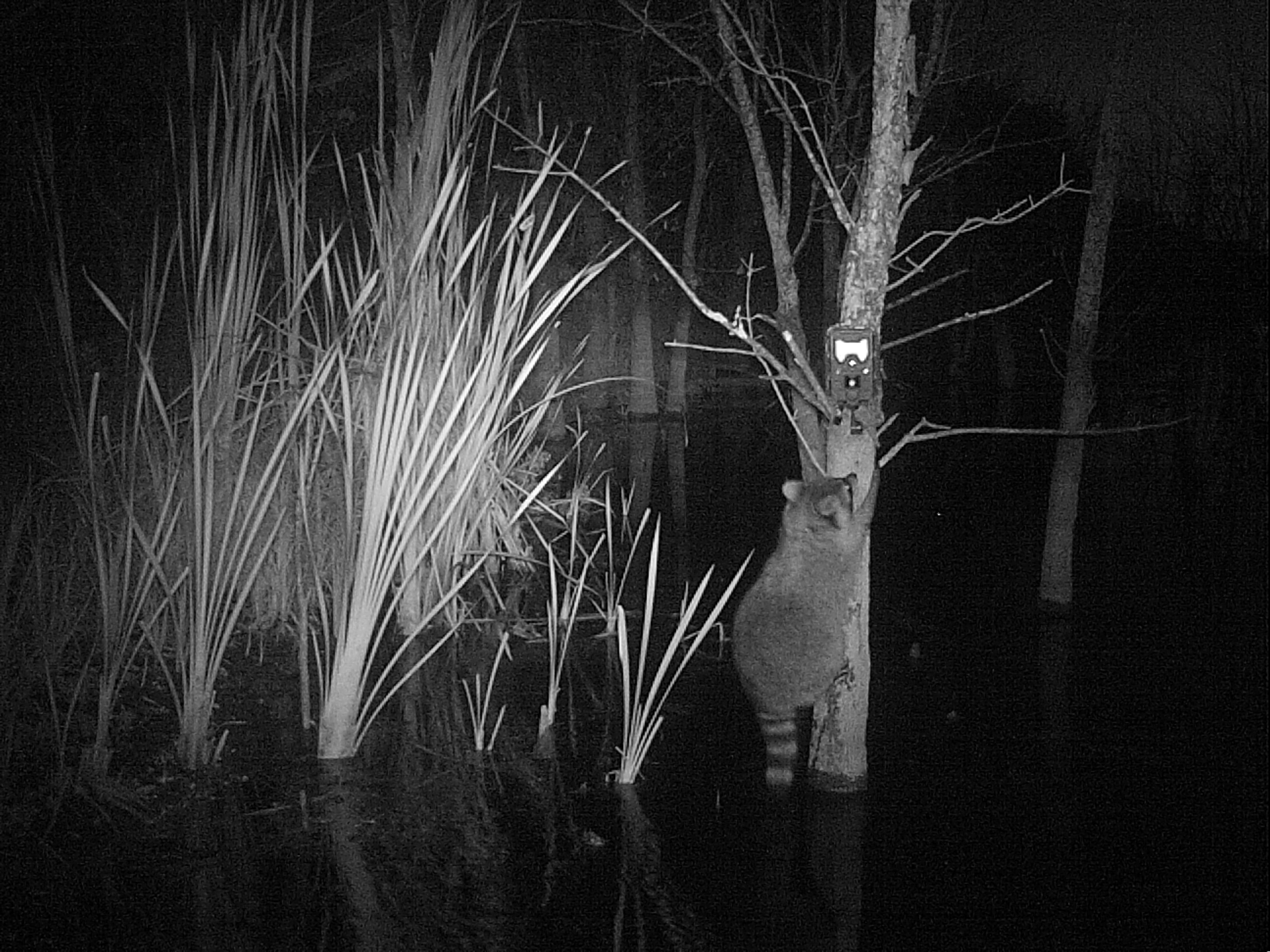


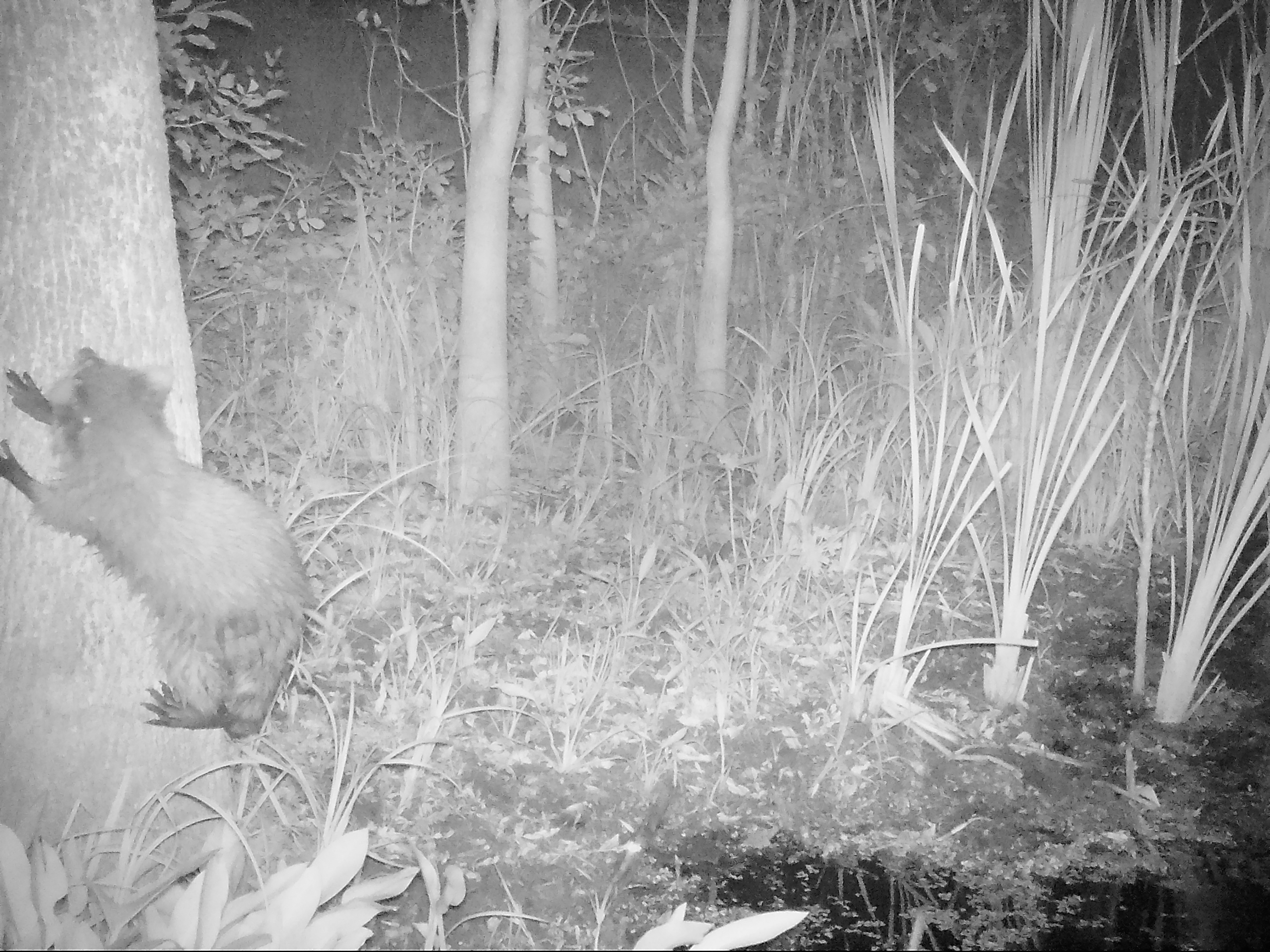
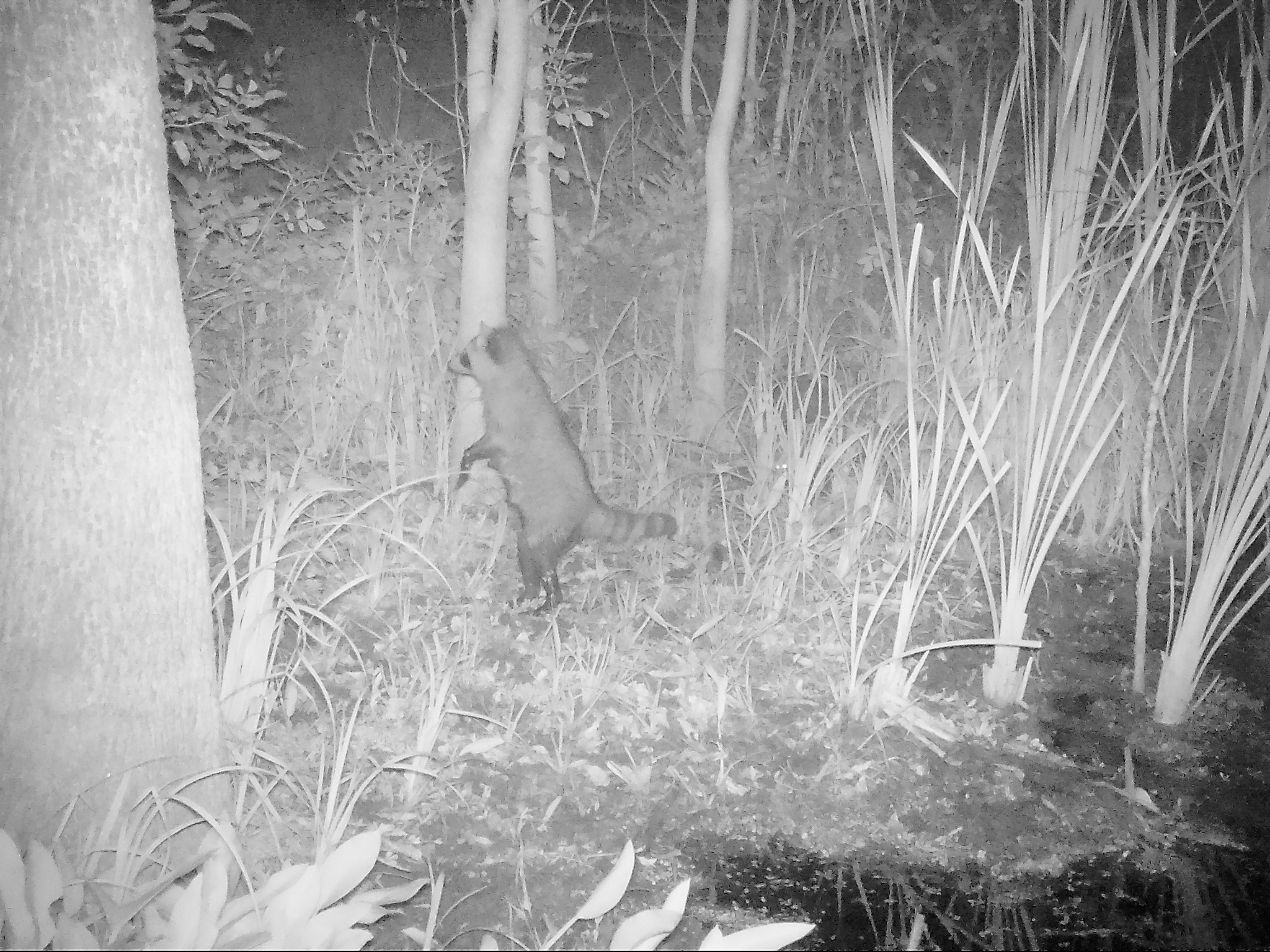
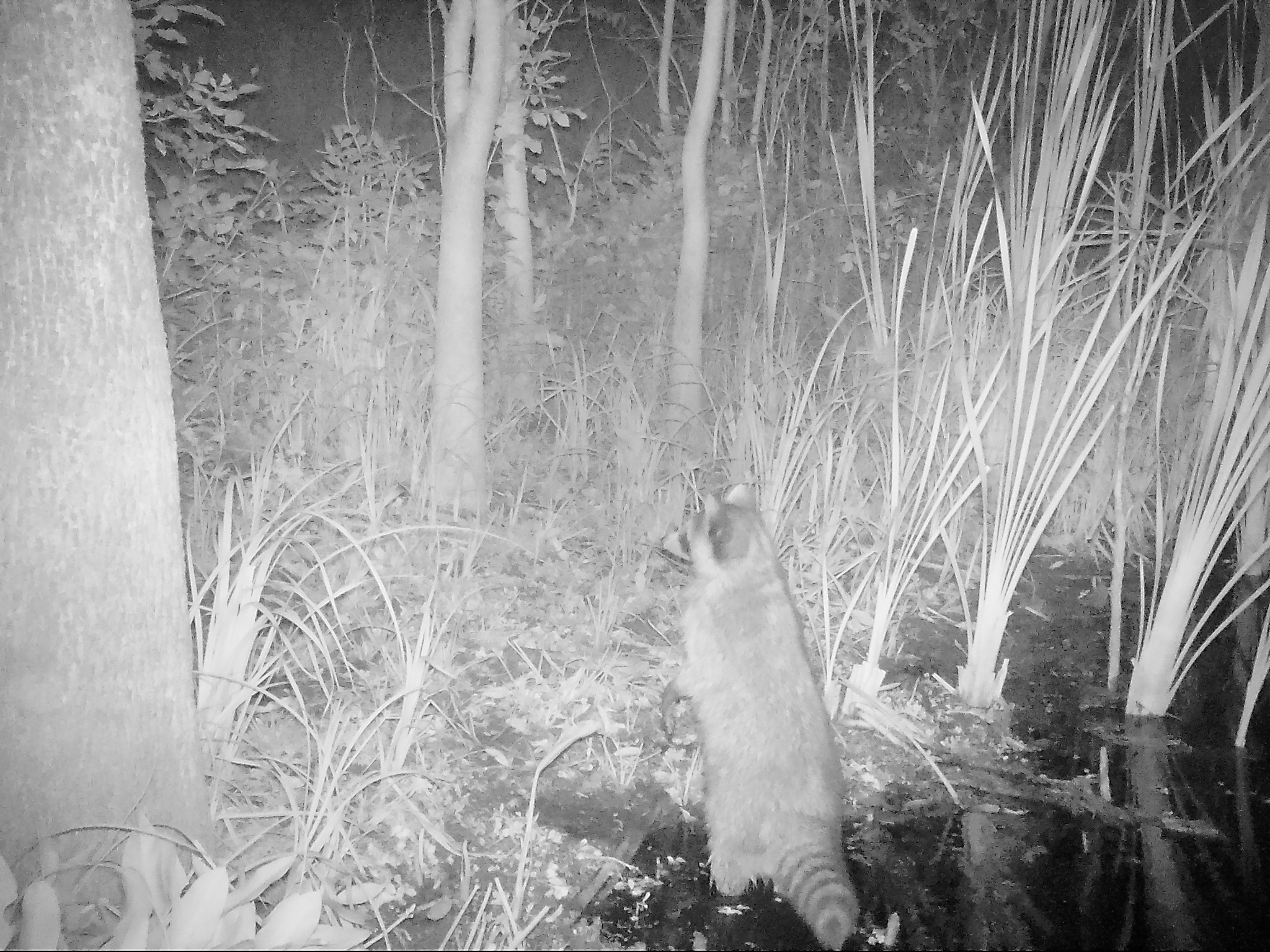

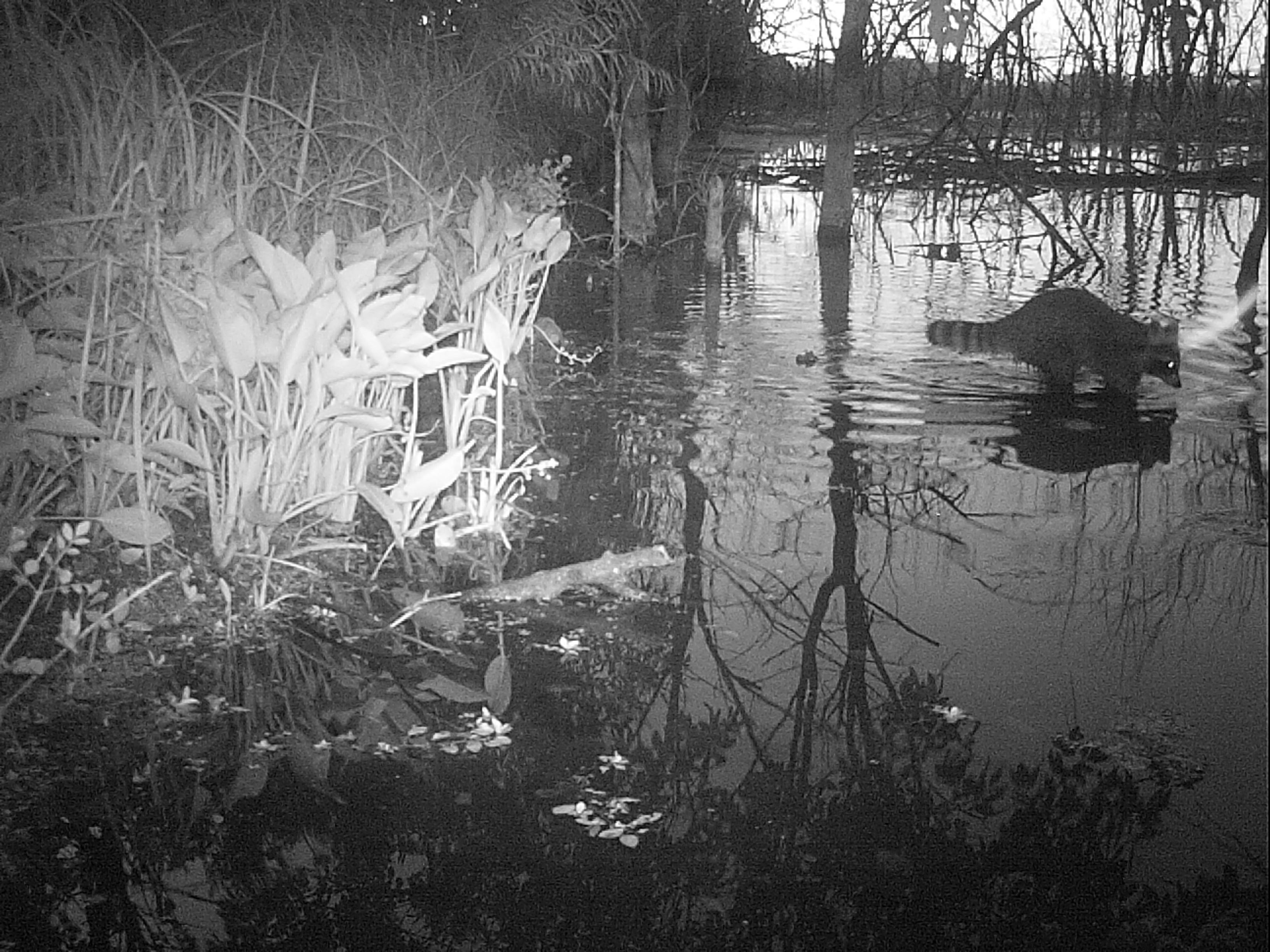
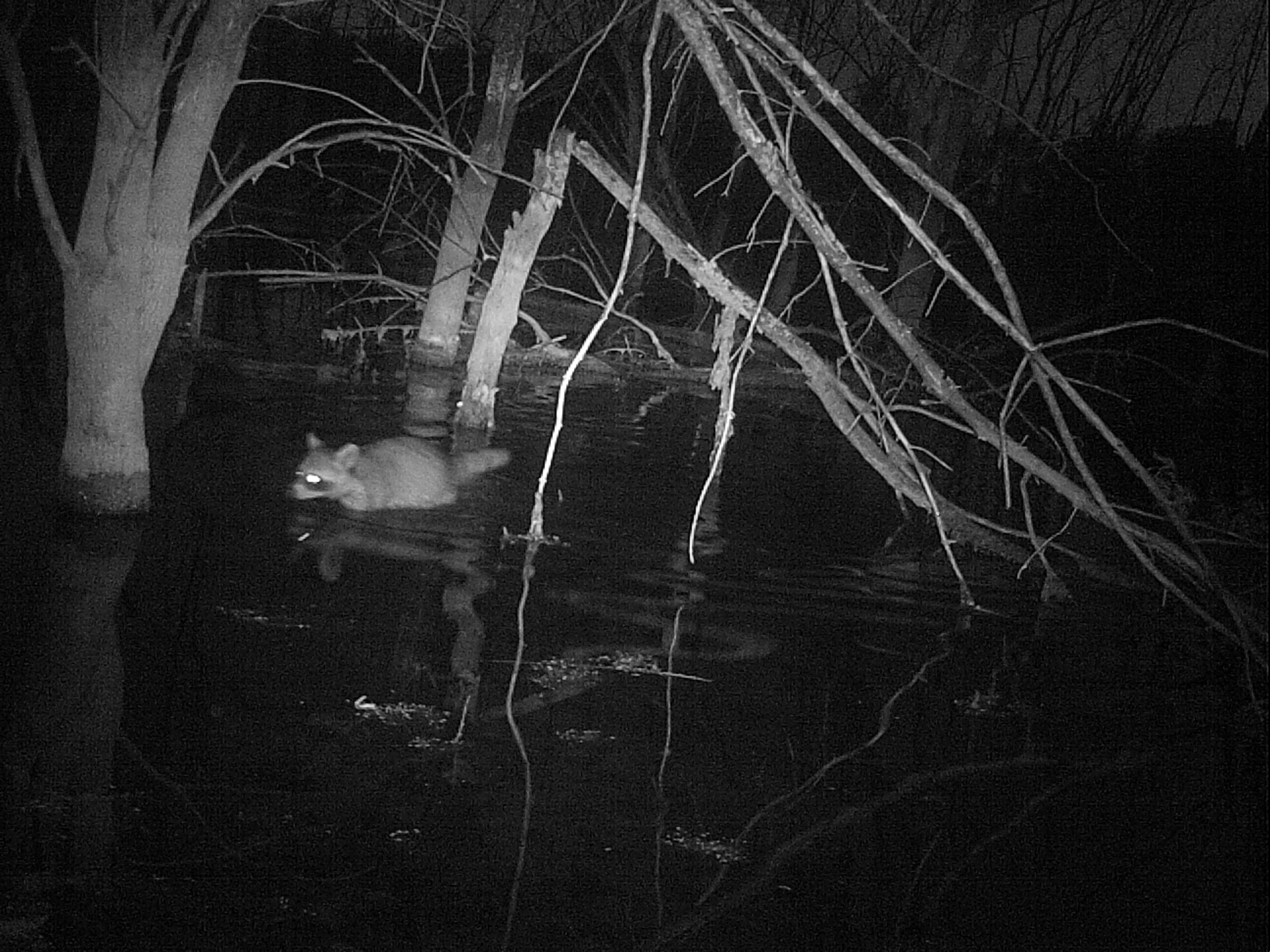

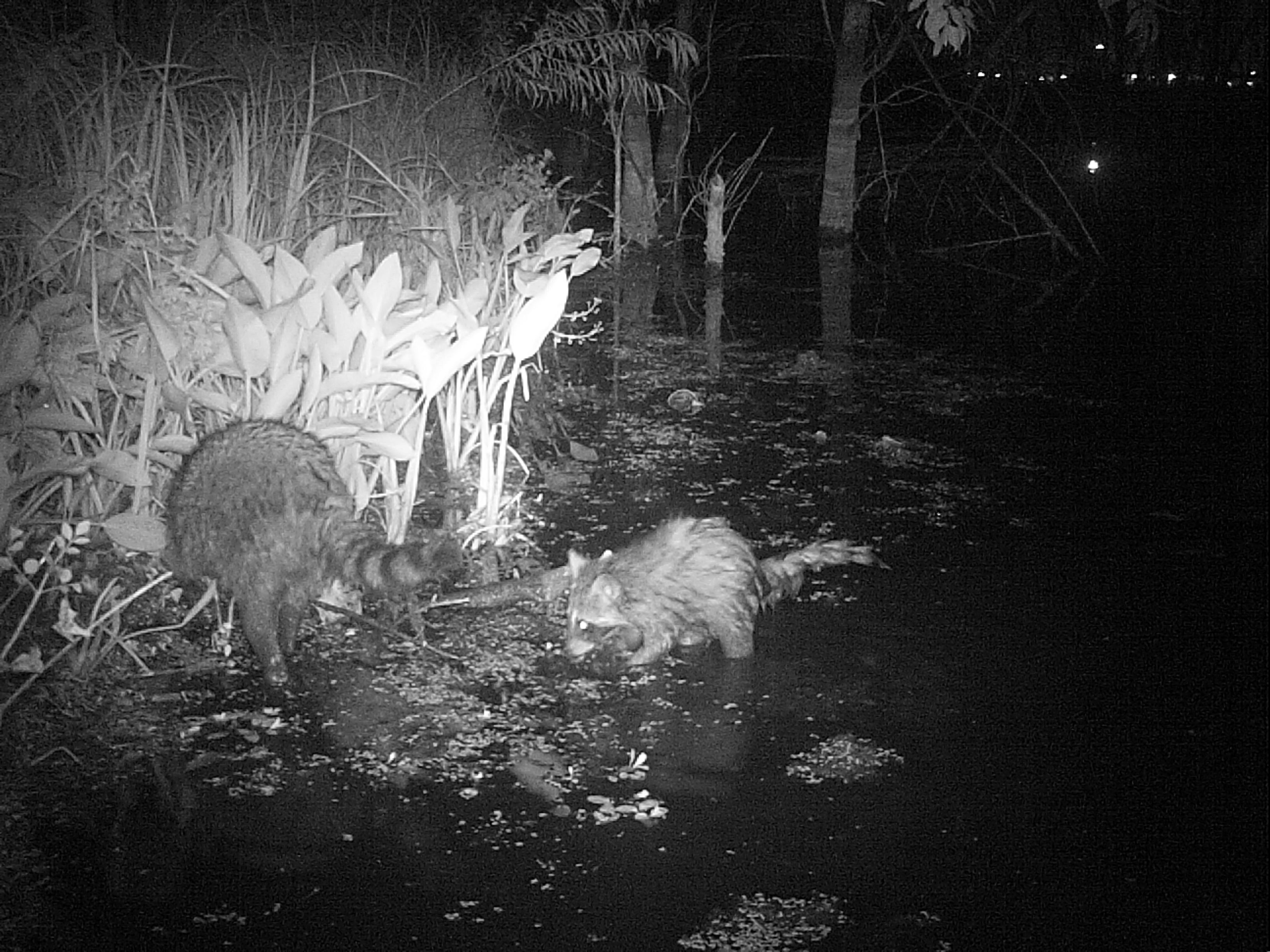
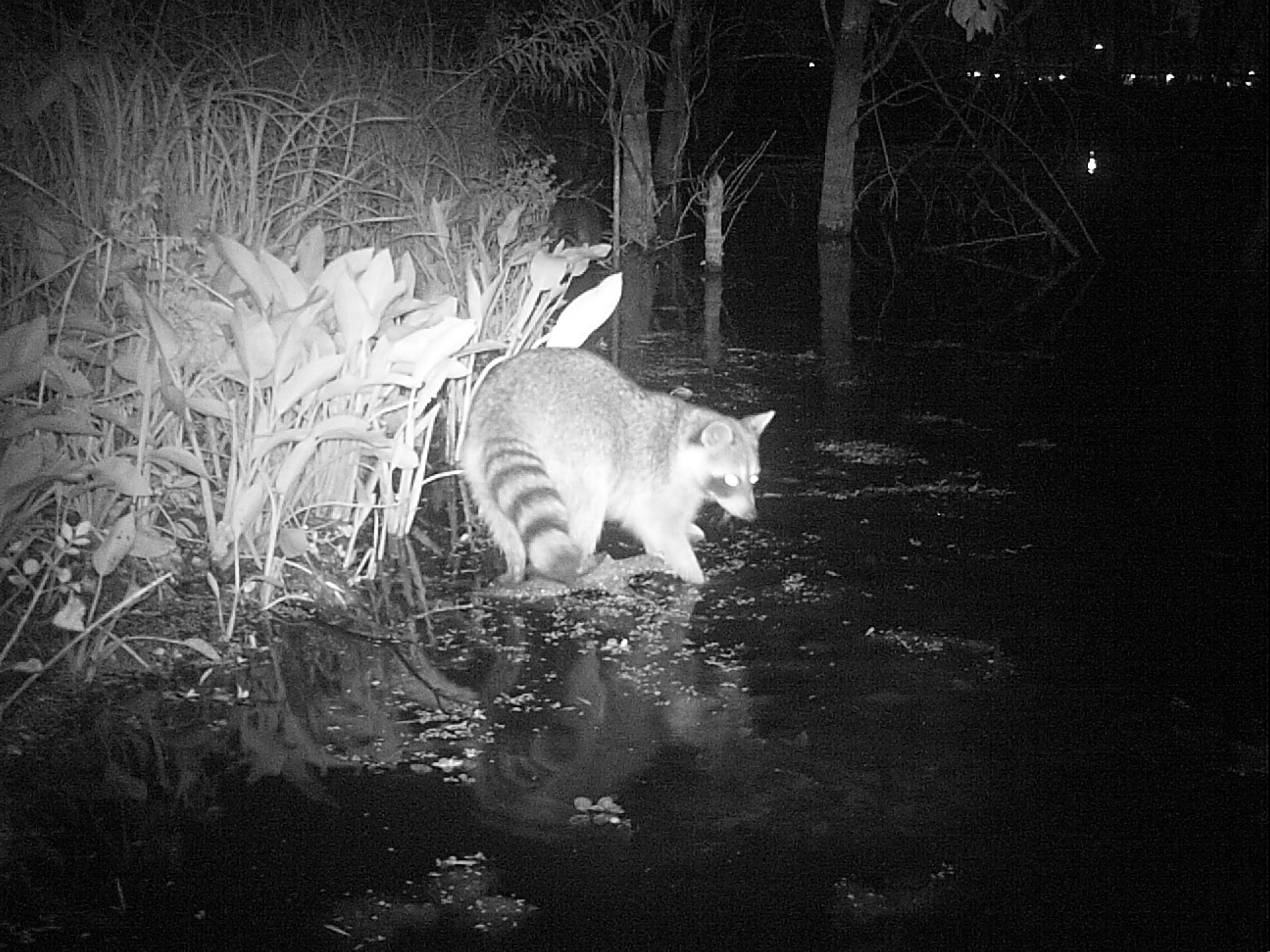
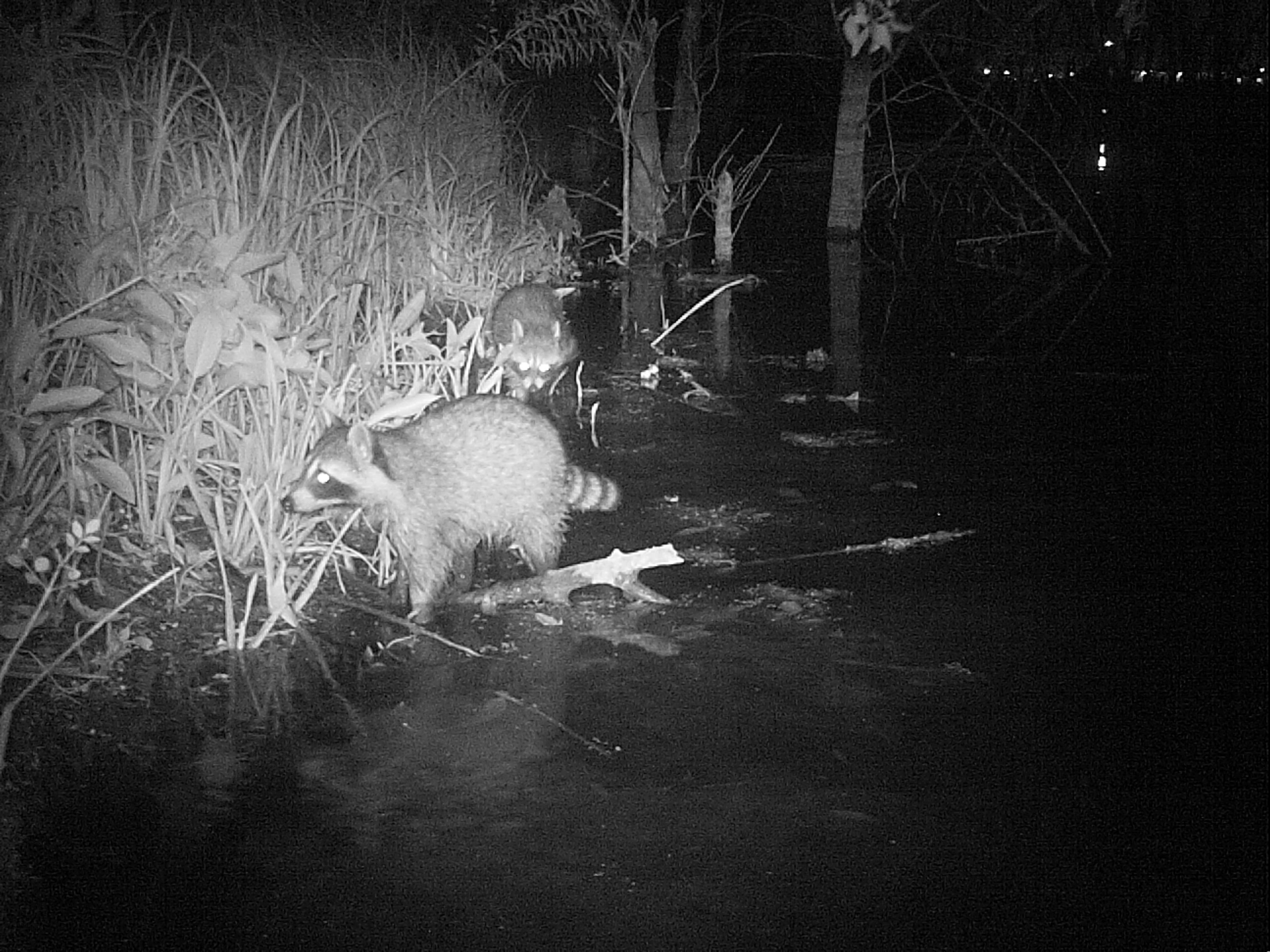
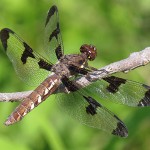
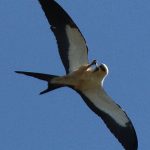
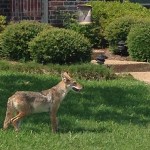


Awesome post. Thanks for setting these up! Living in the city it is sometimes hard to remember we have so many great non-human neighbors.
enjoyed your lion presentation last week, love your style.
Tony Manasseri
Thanks, Tony!